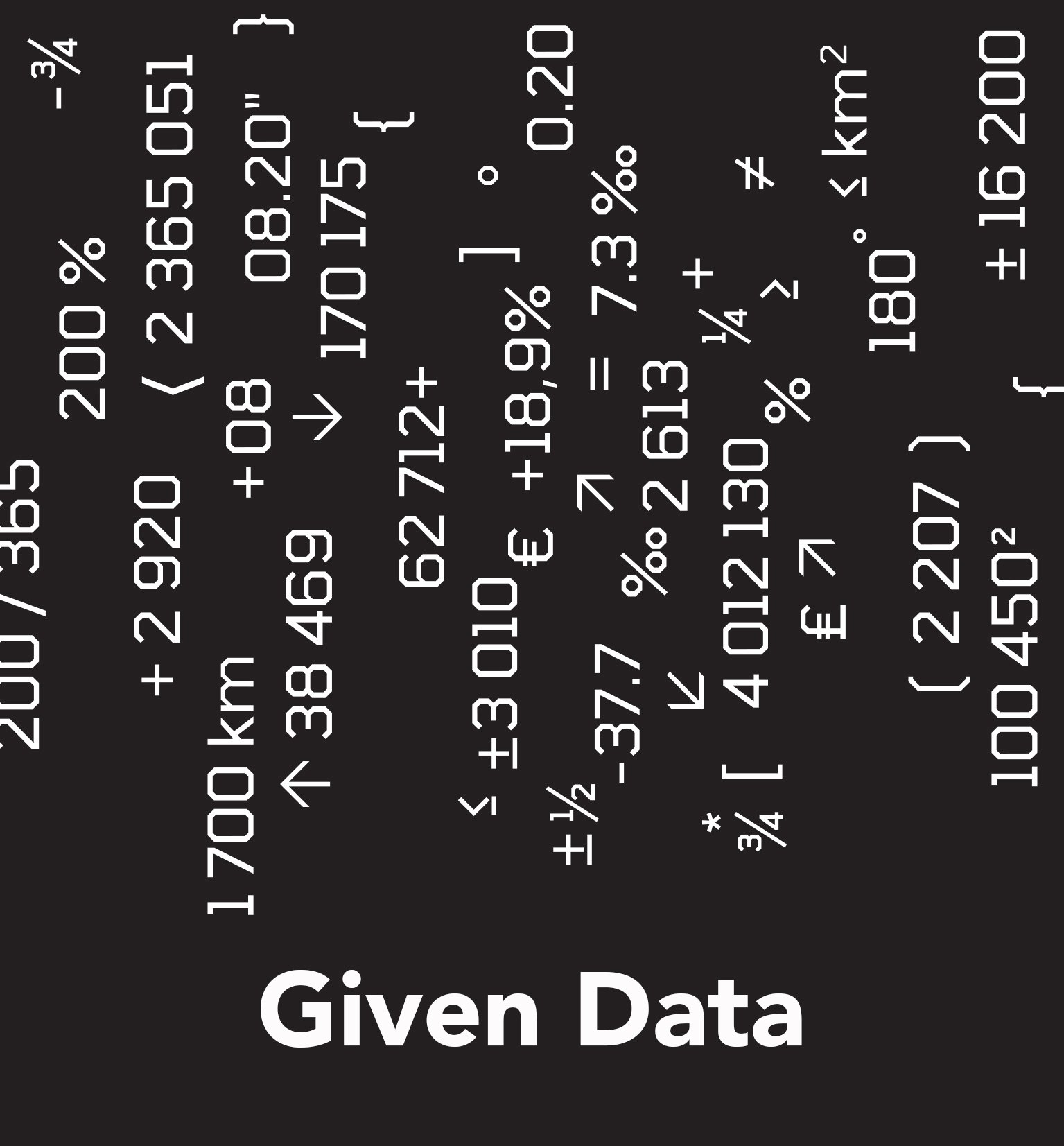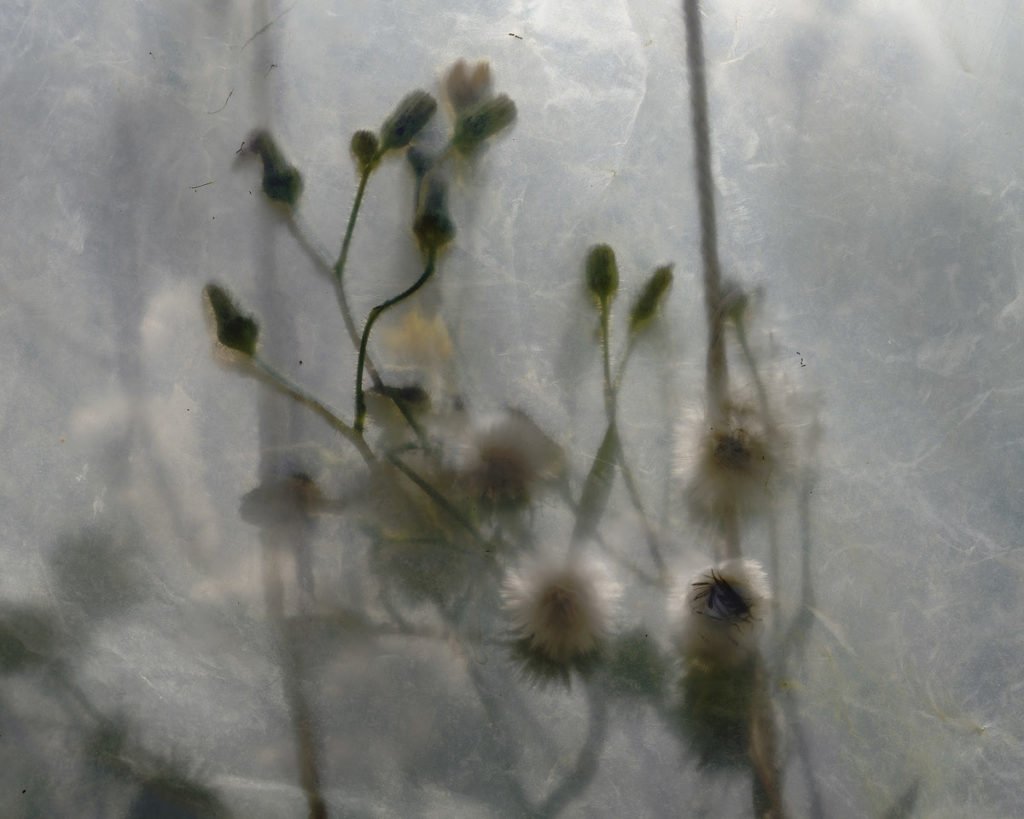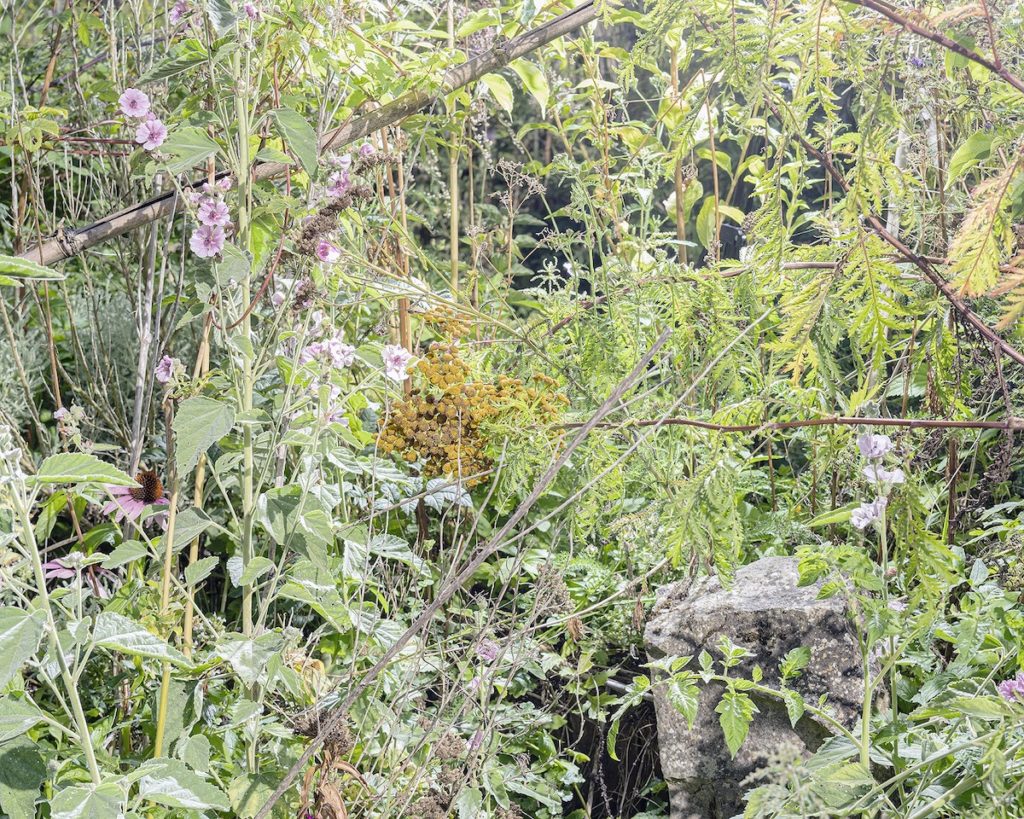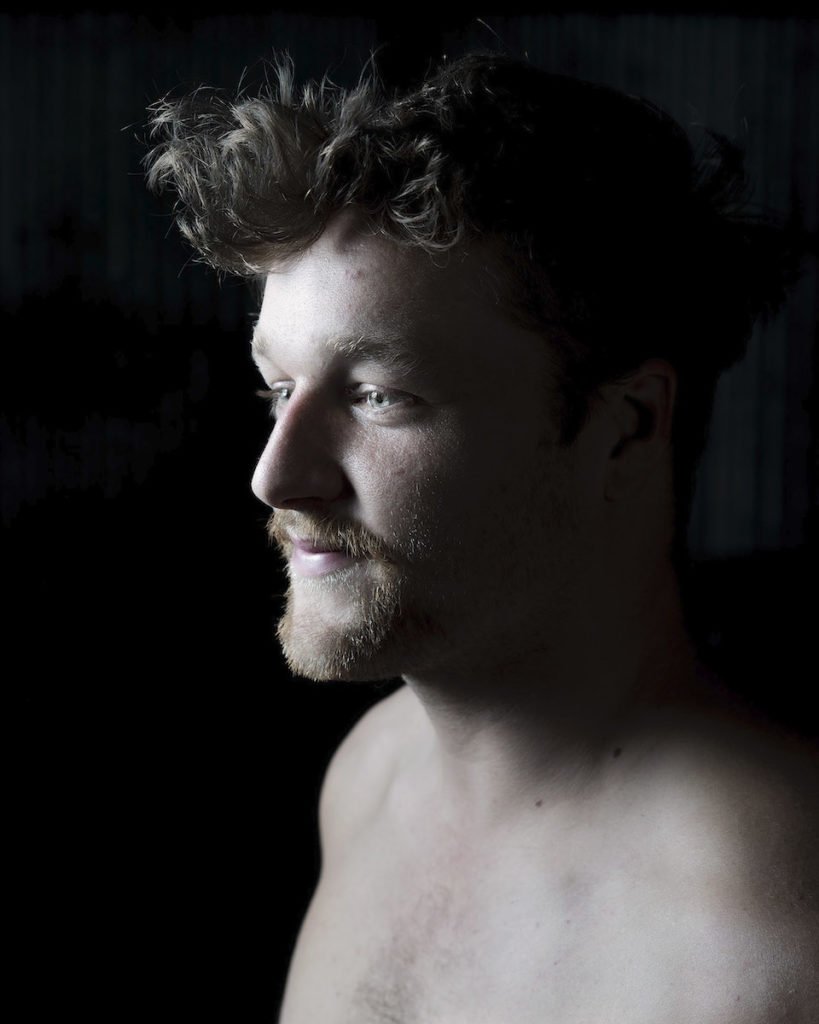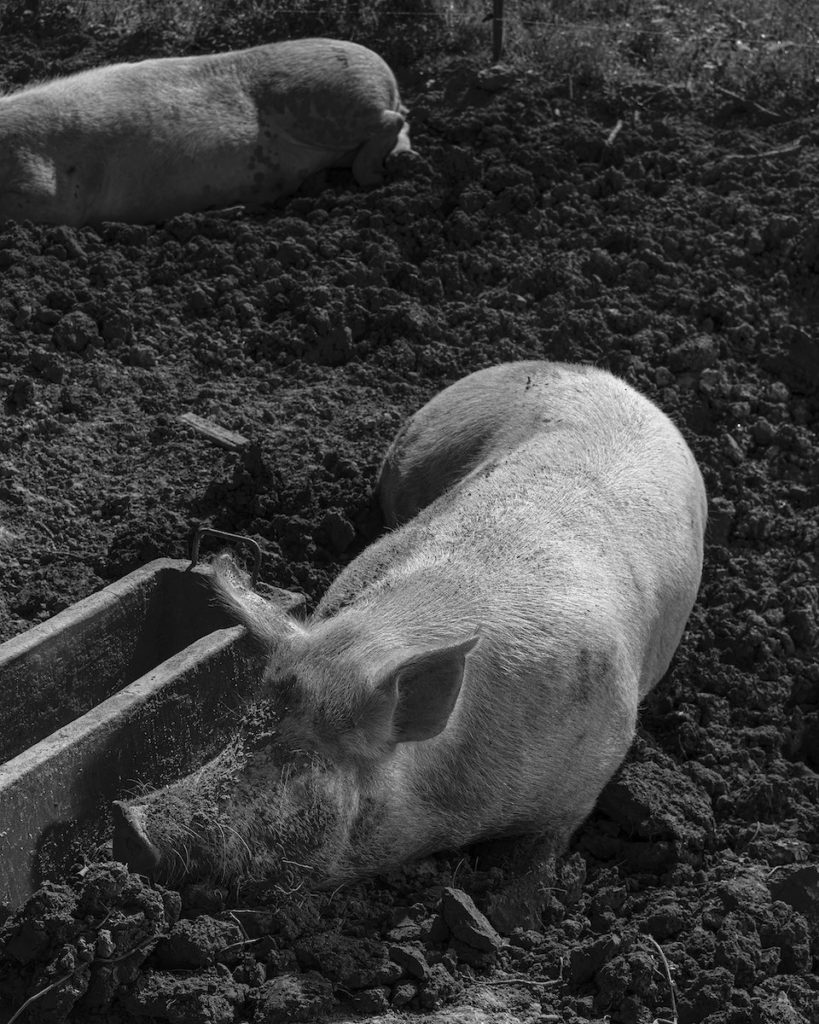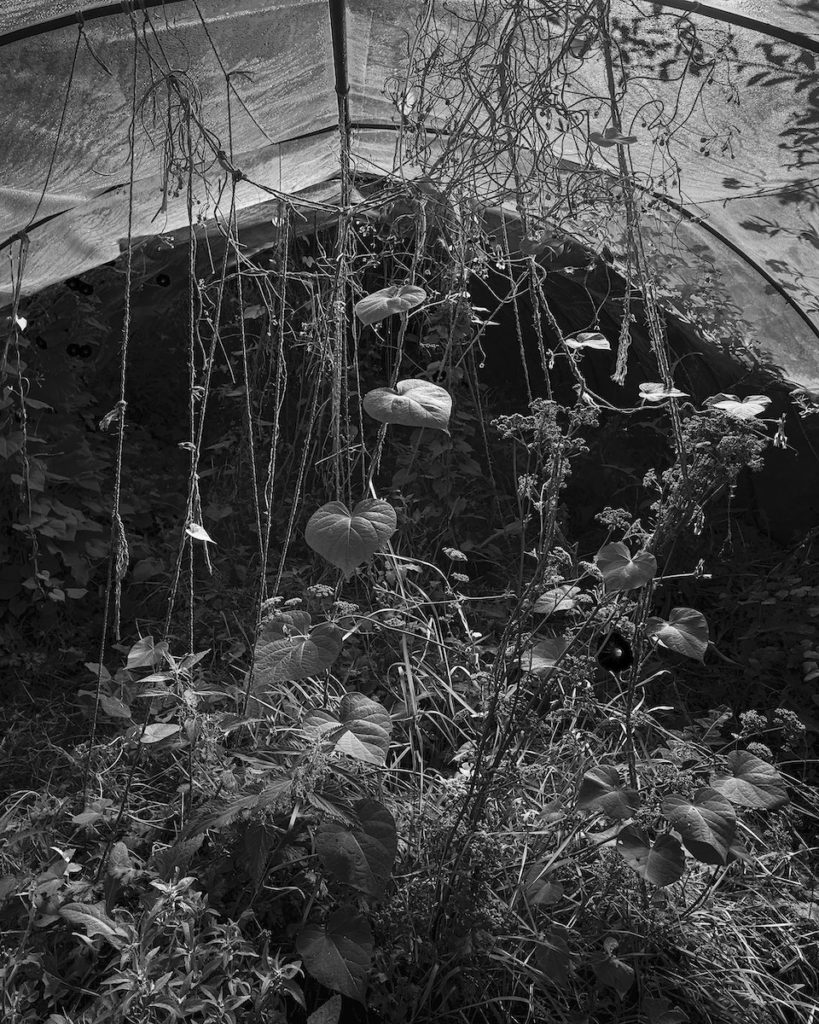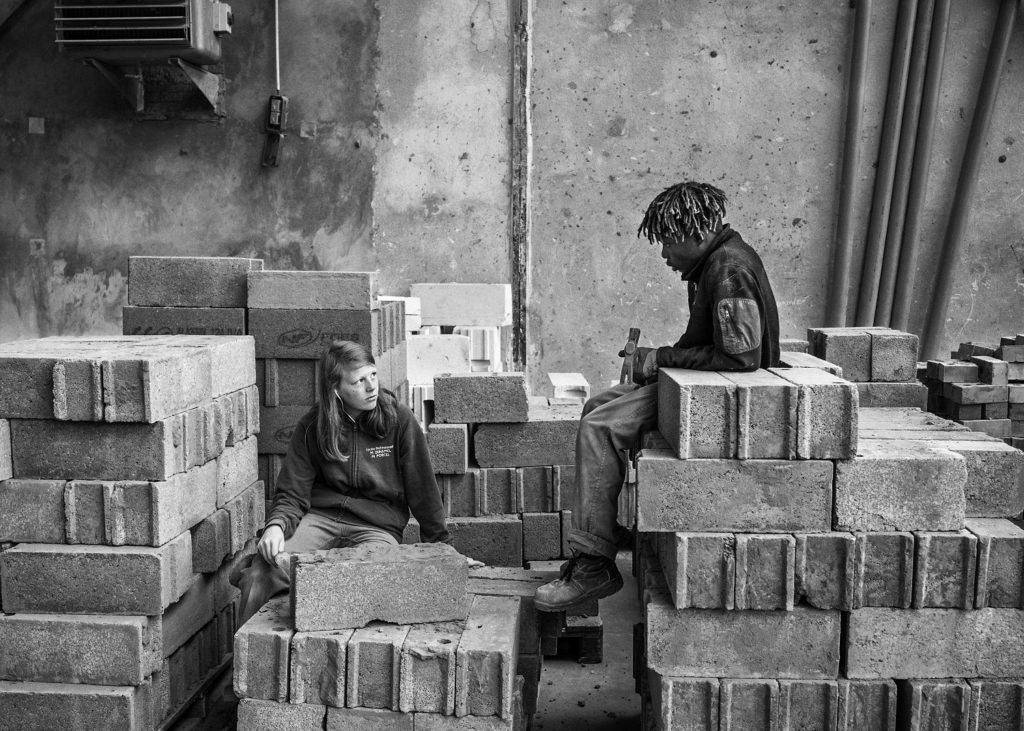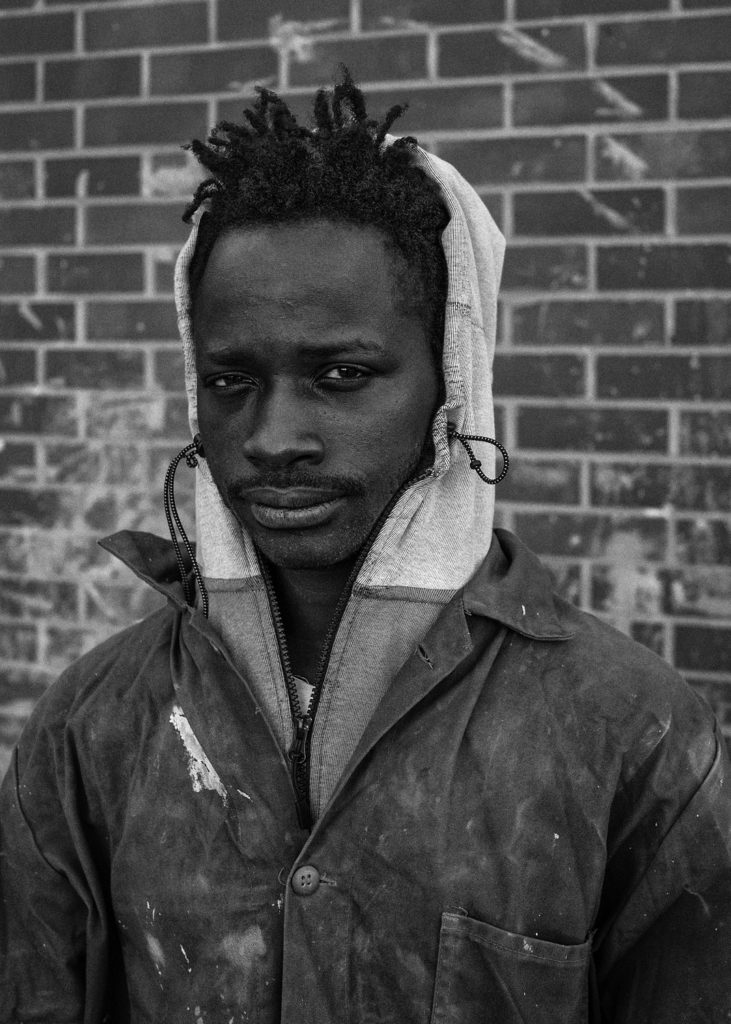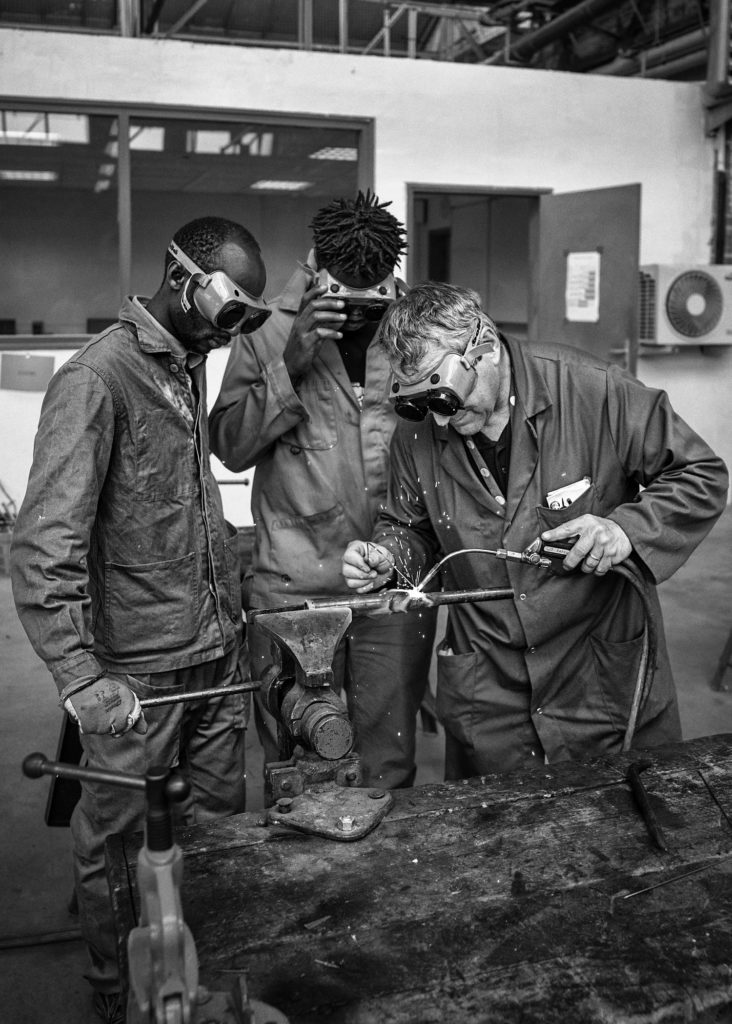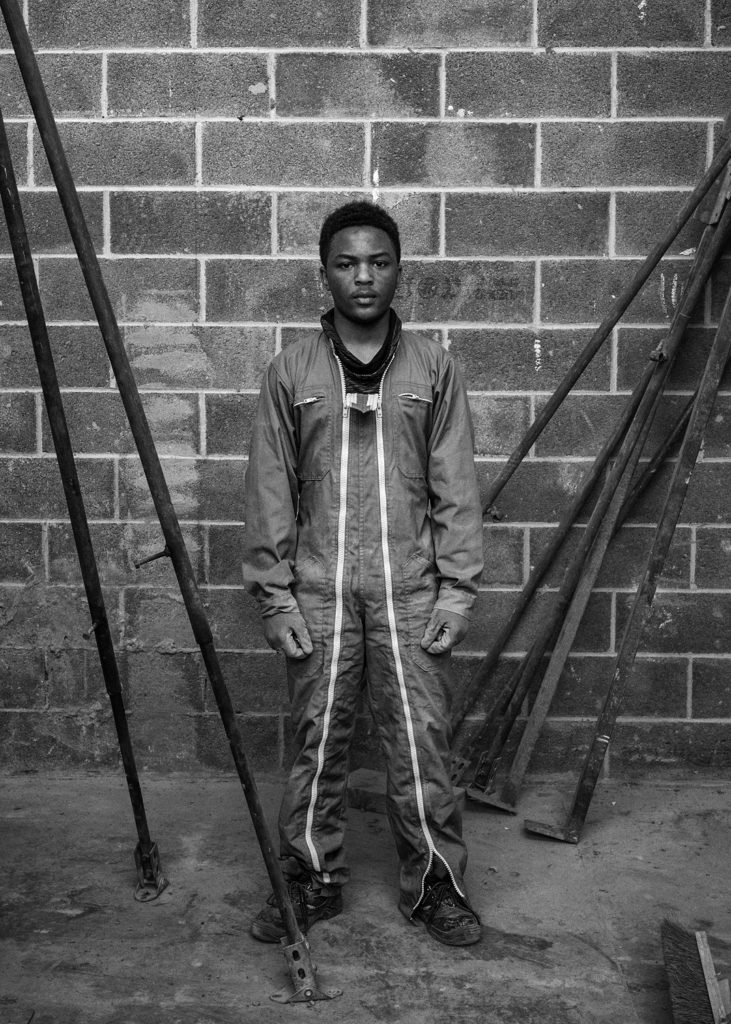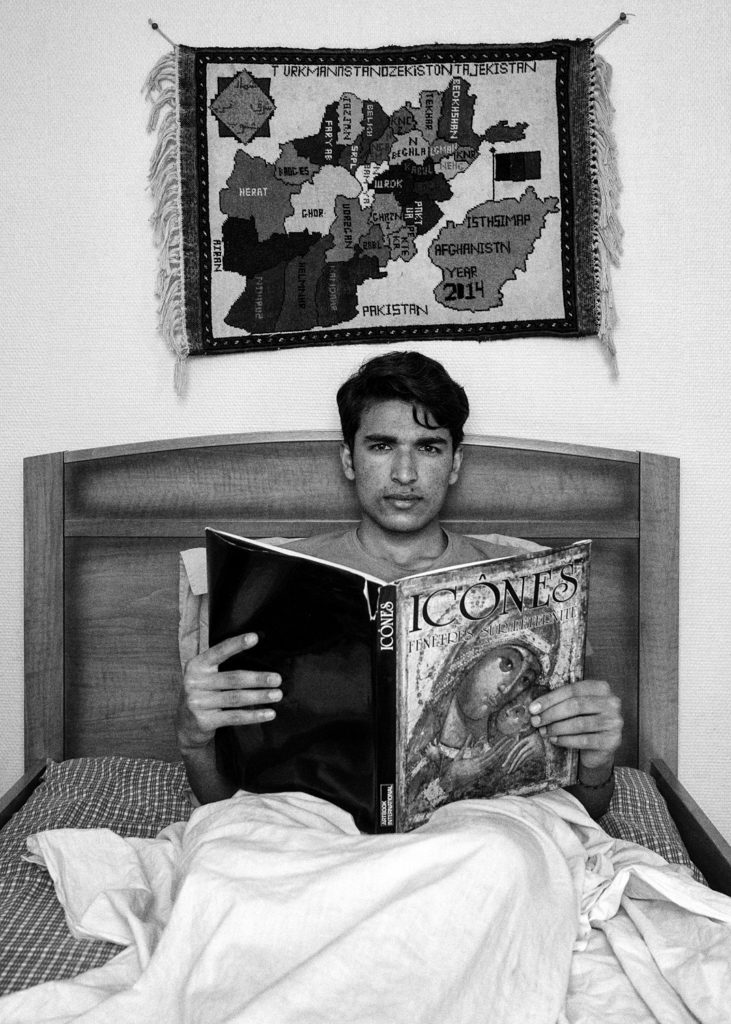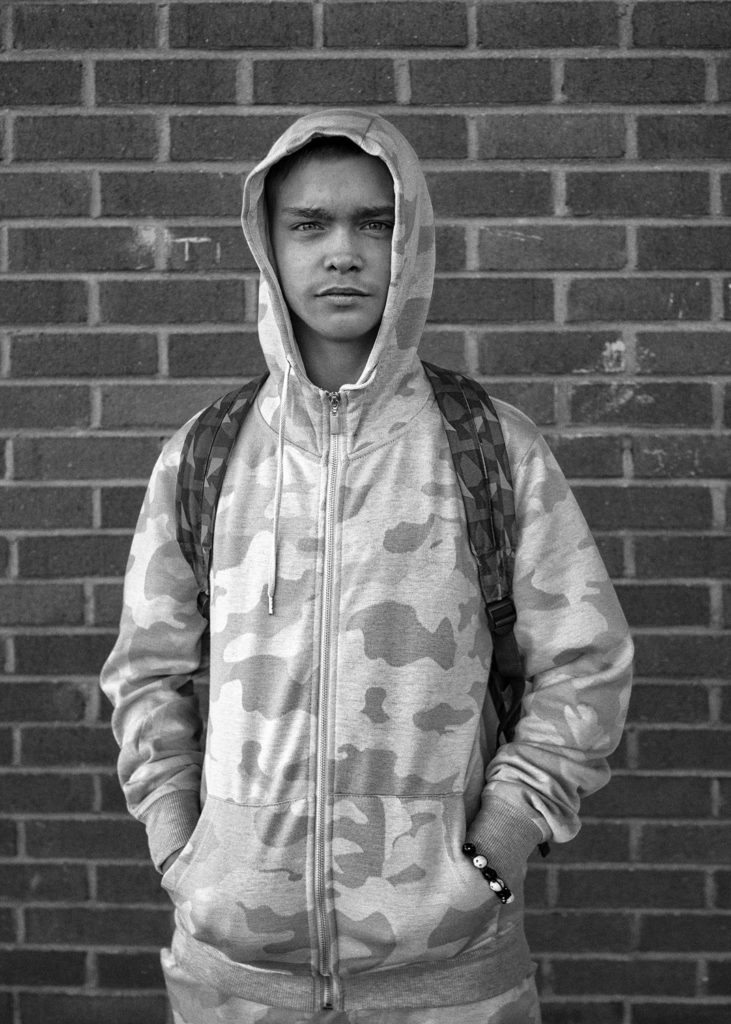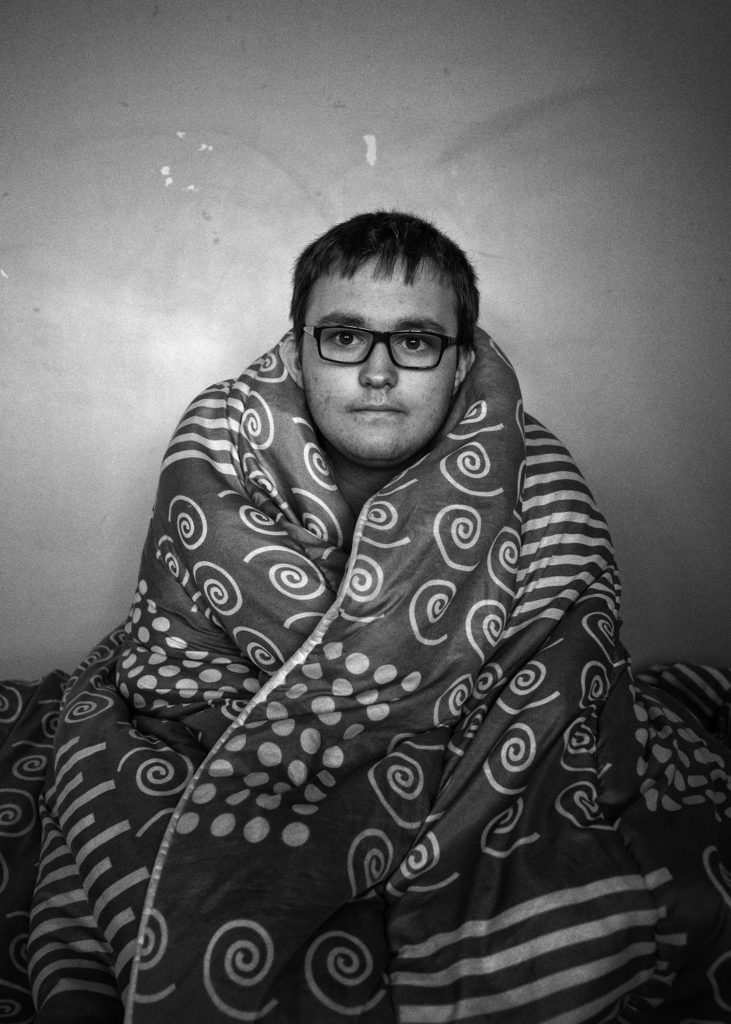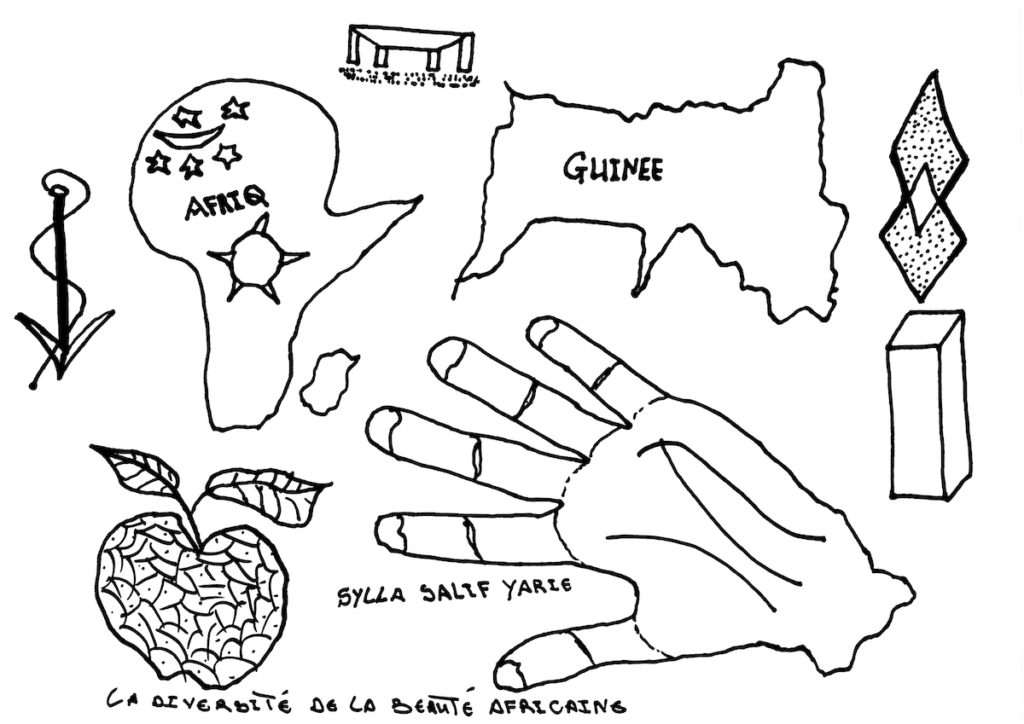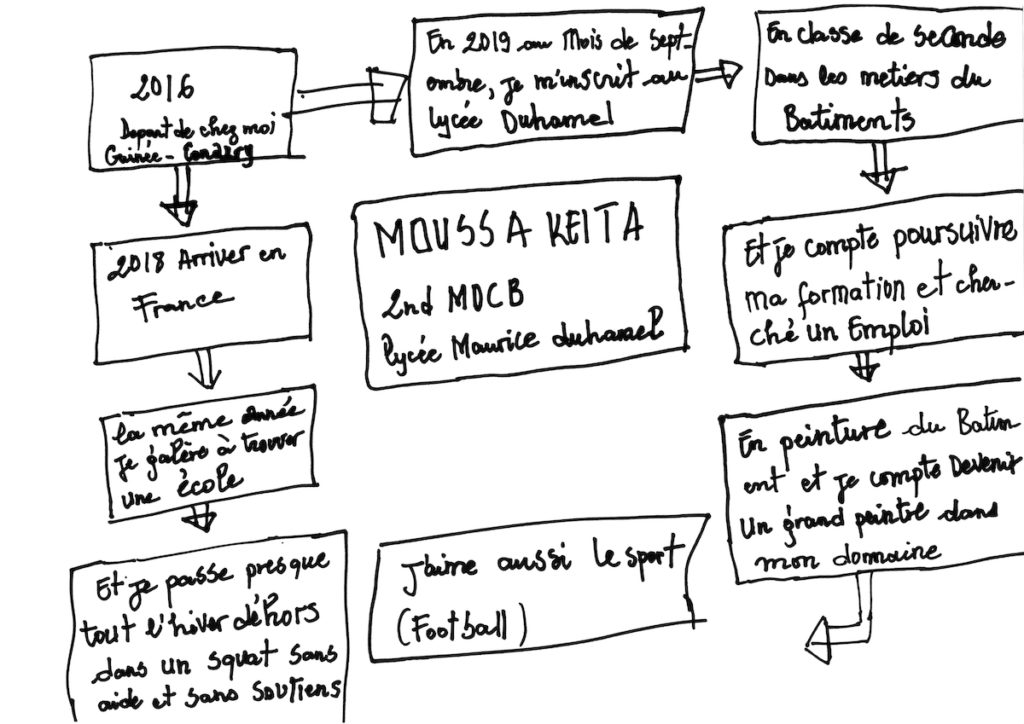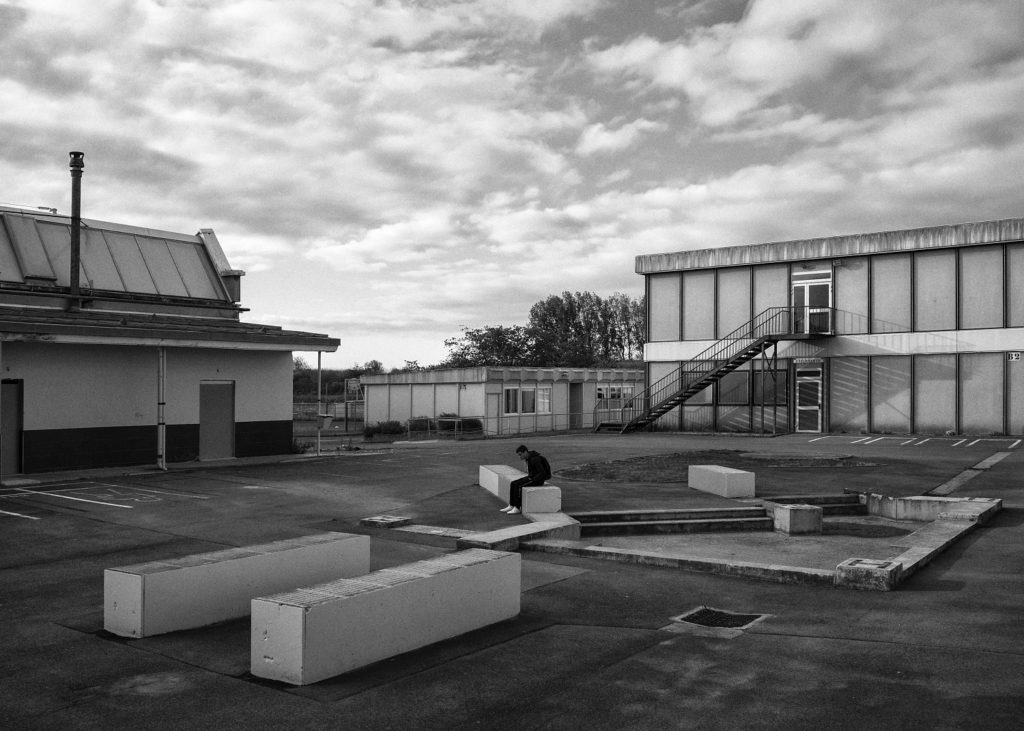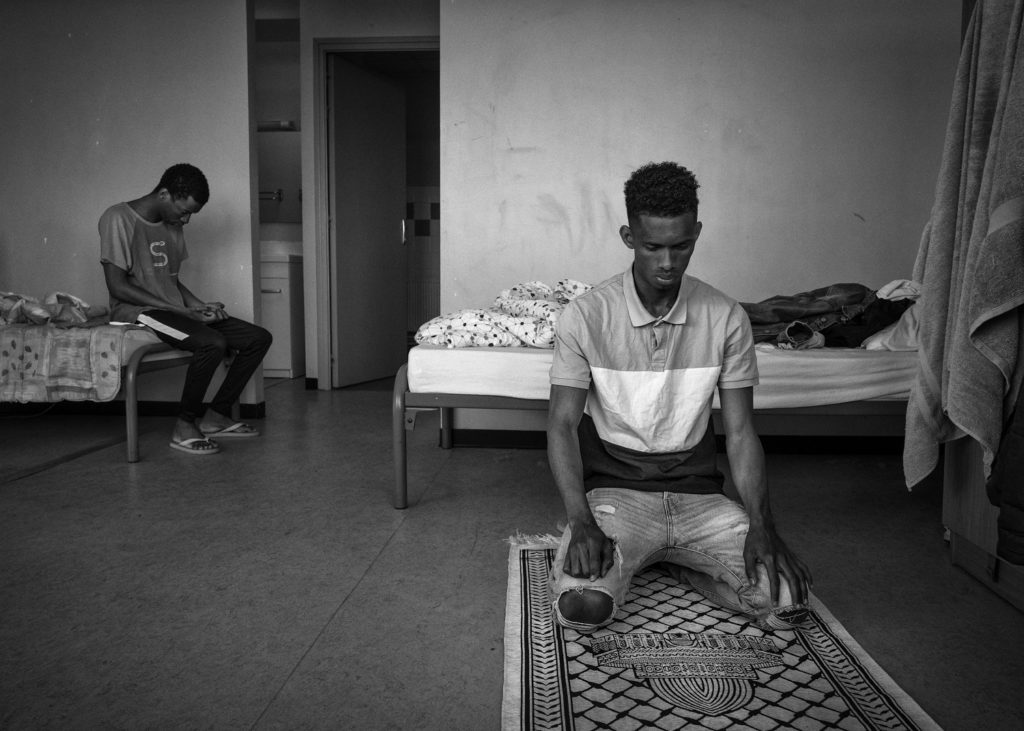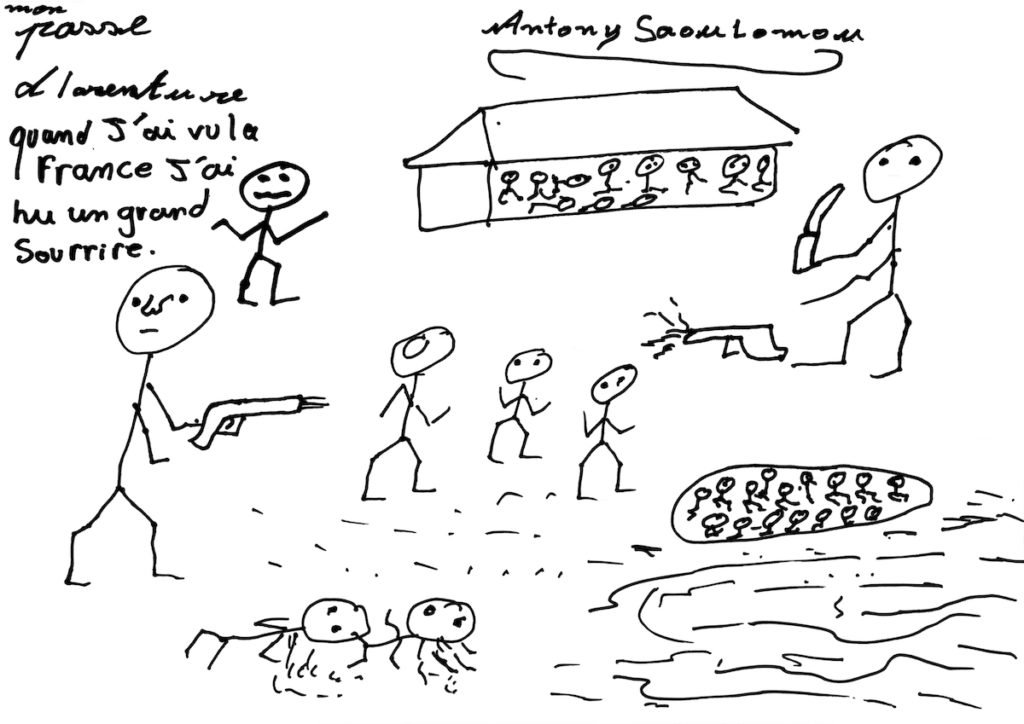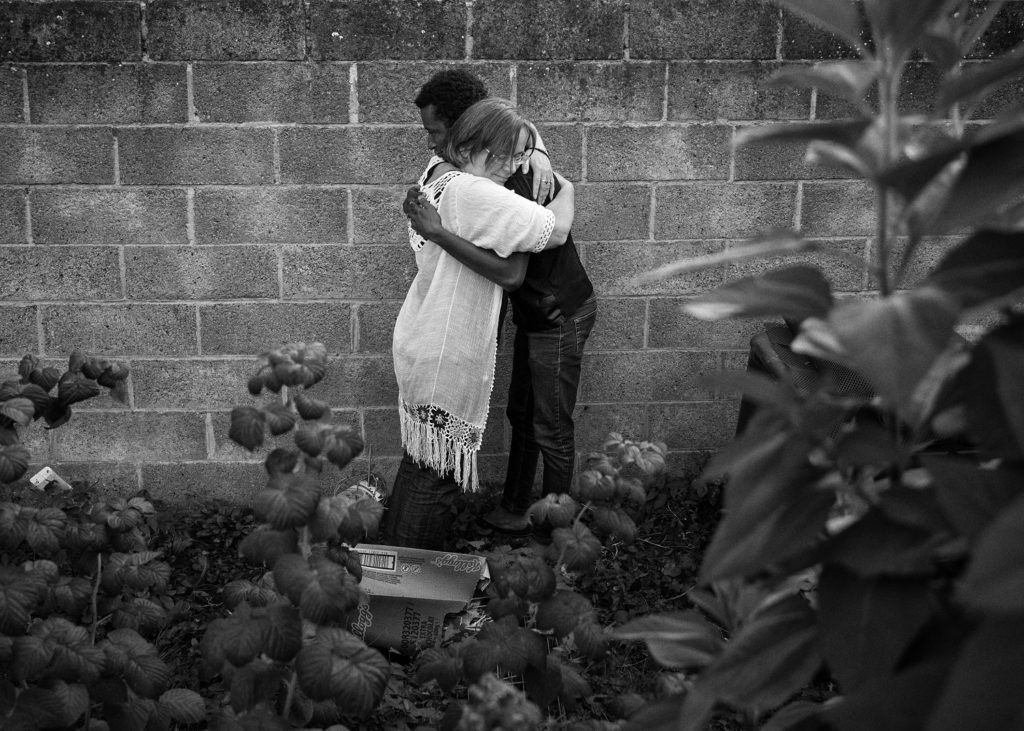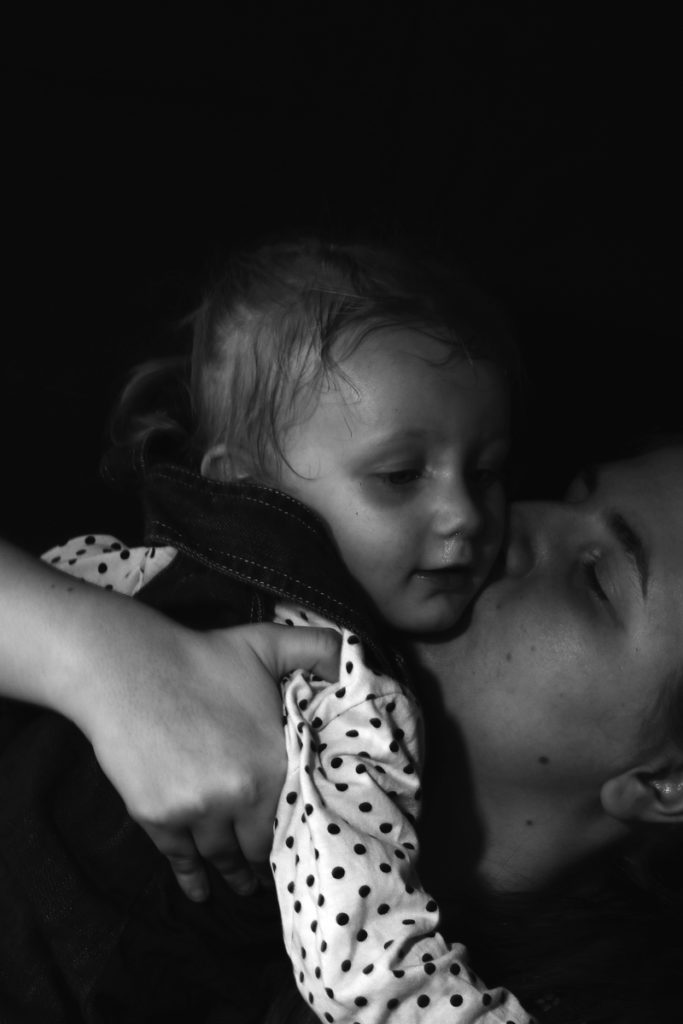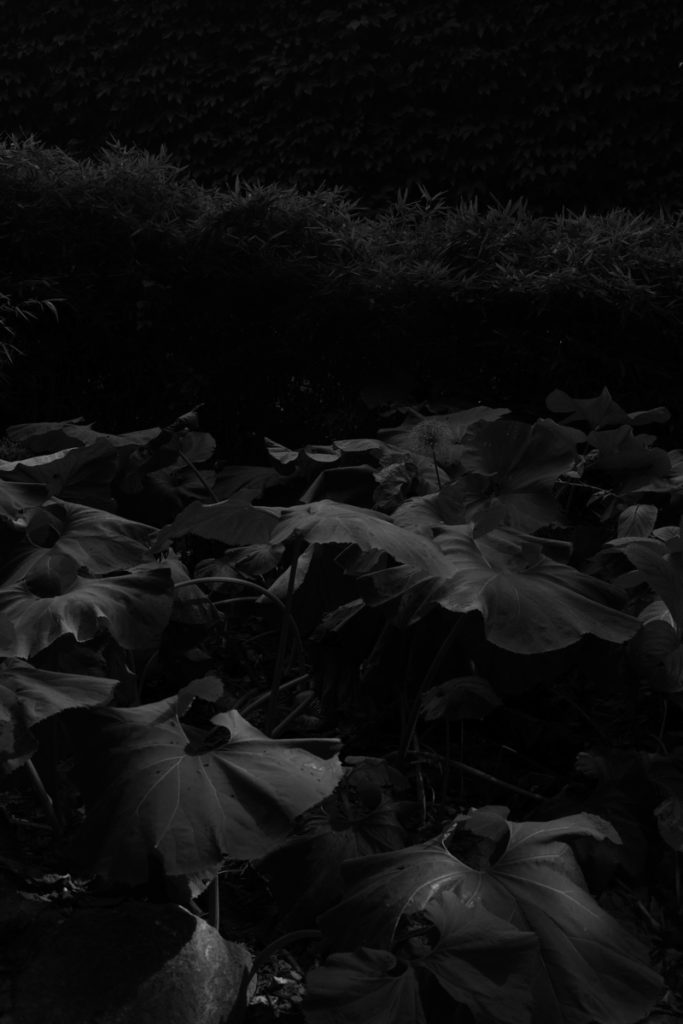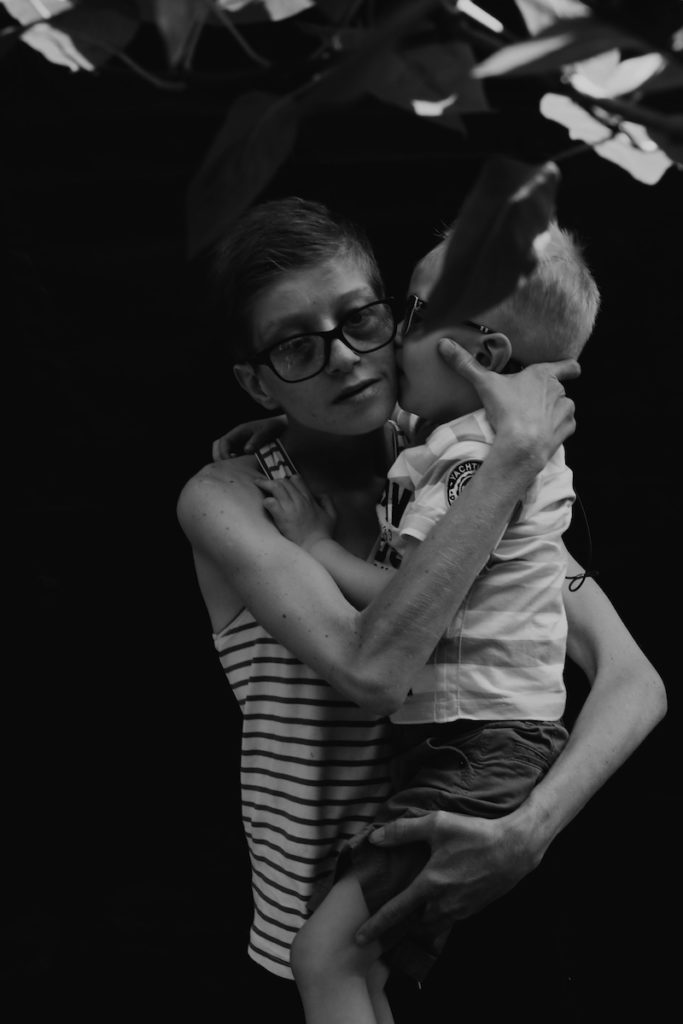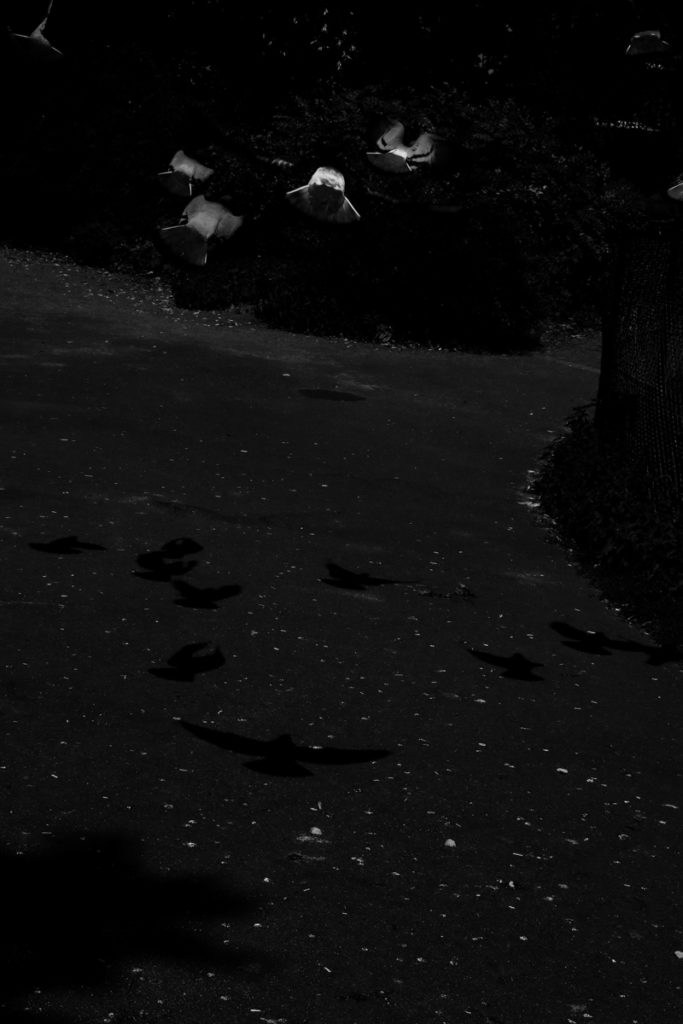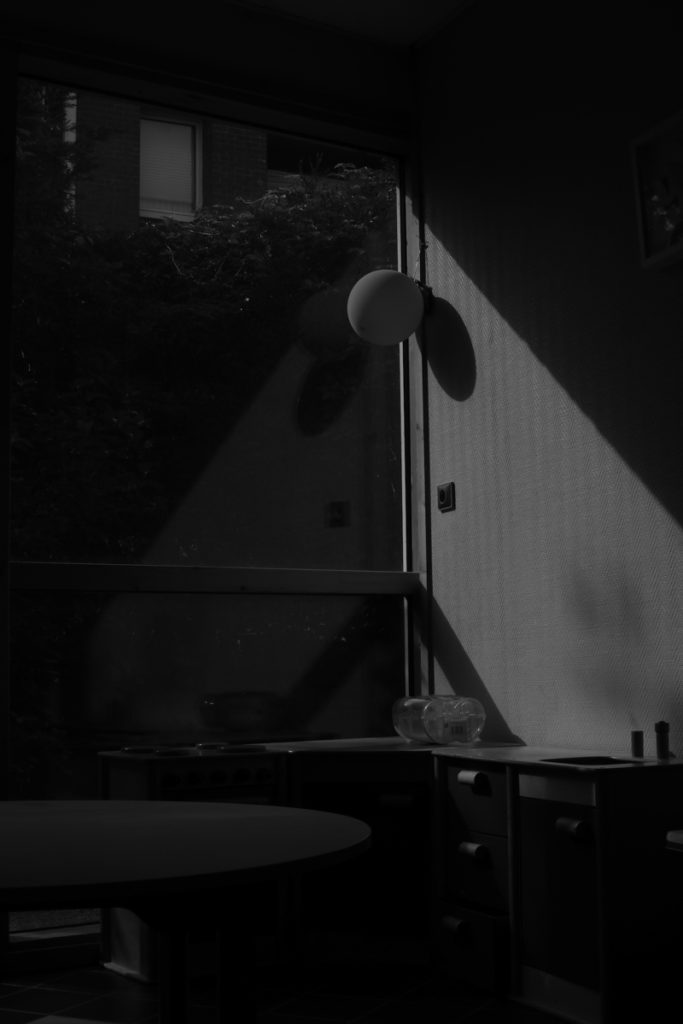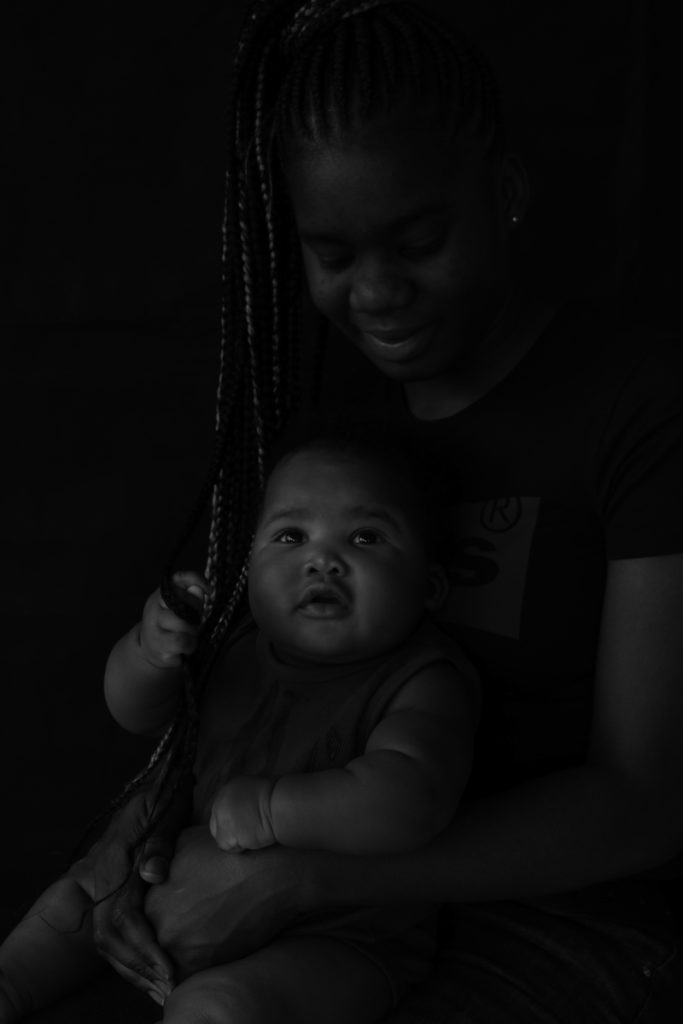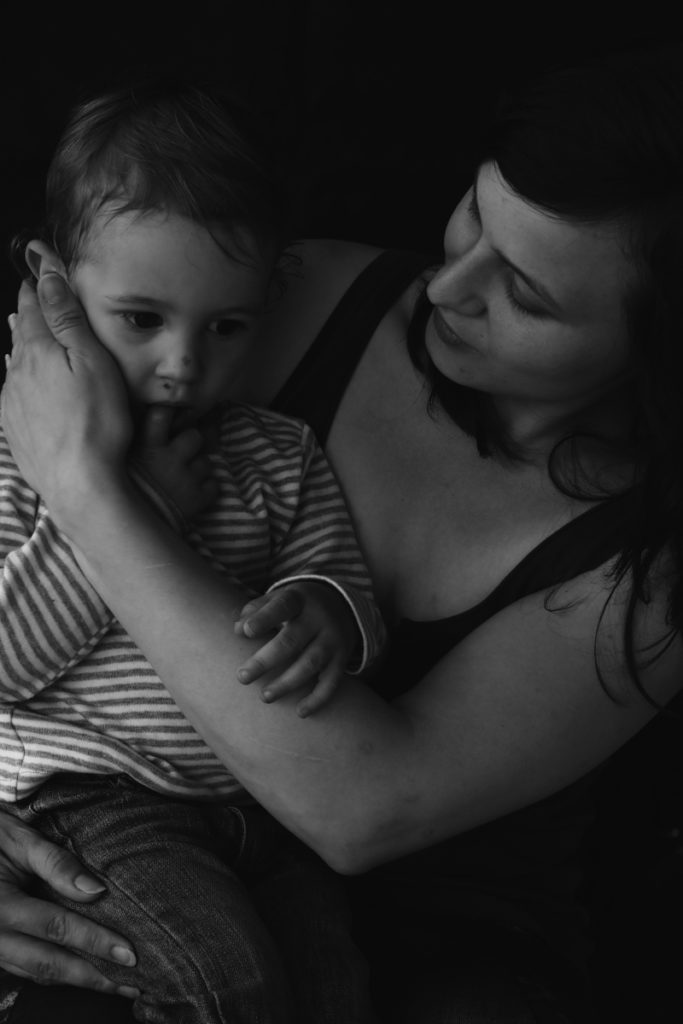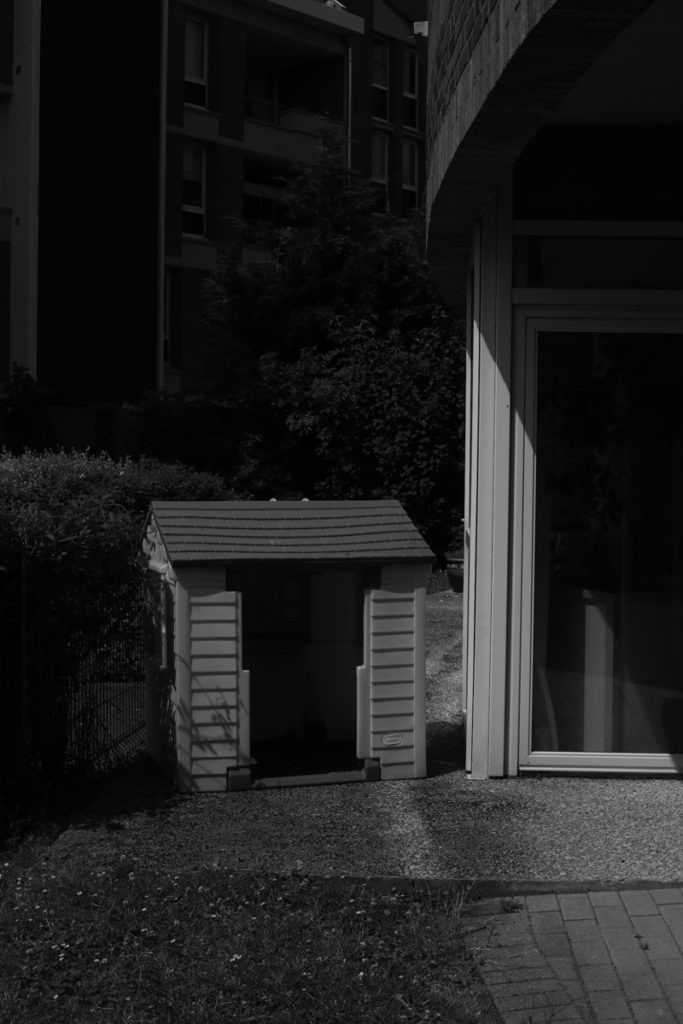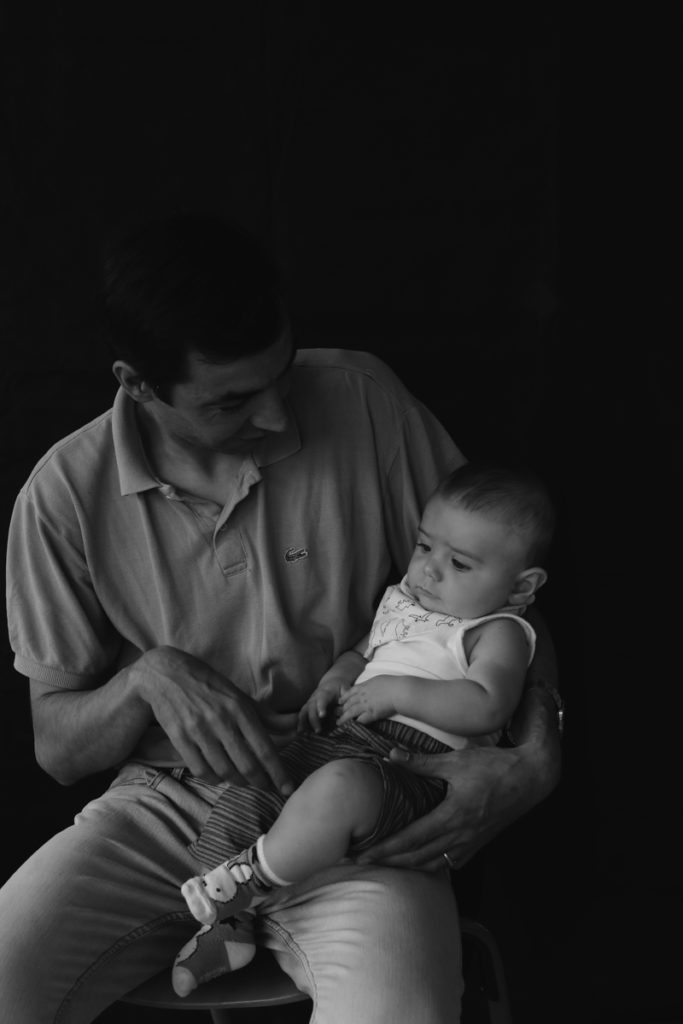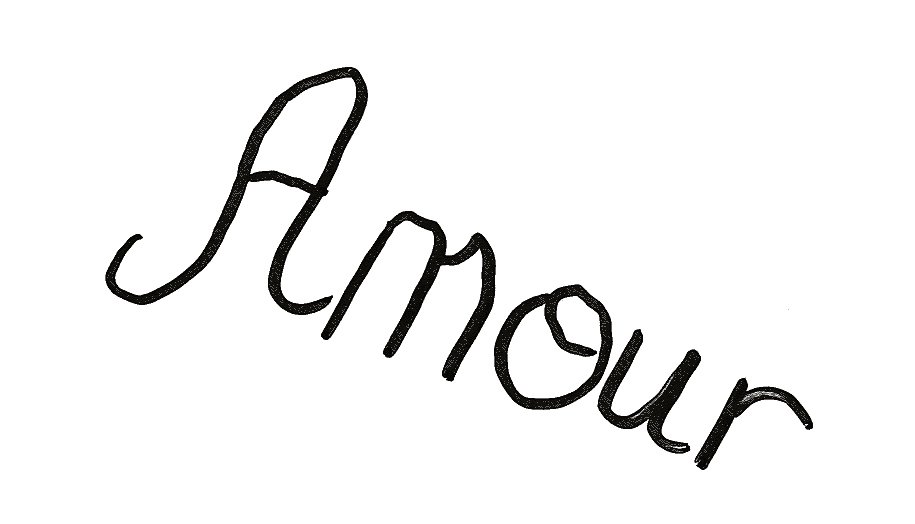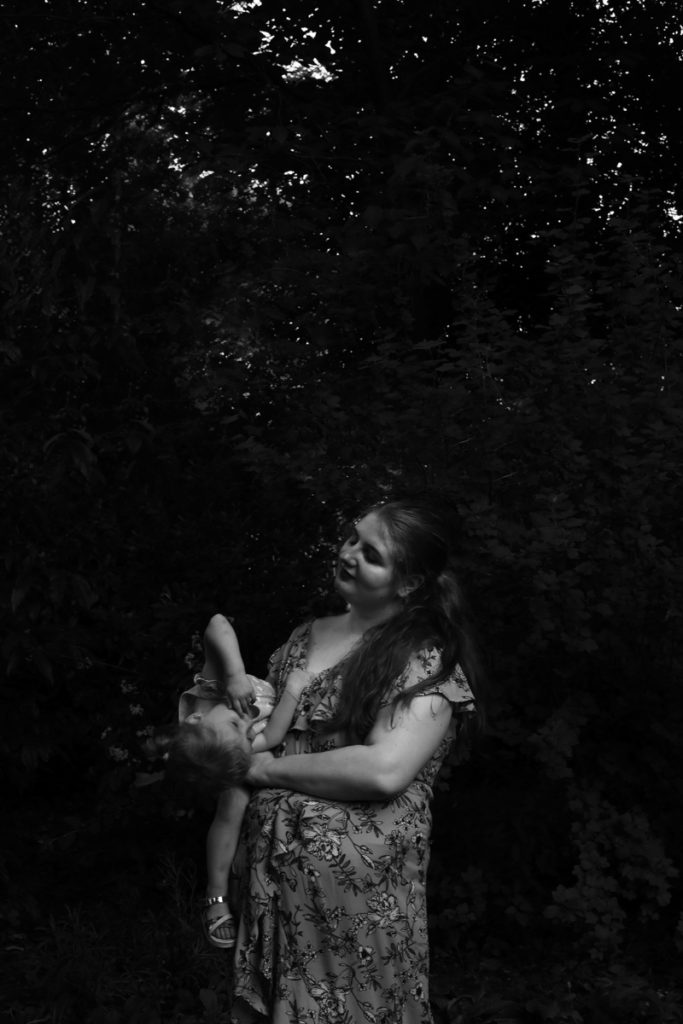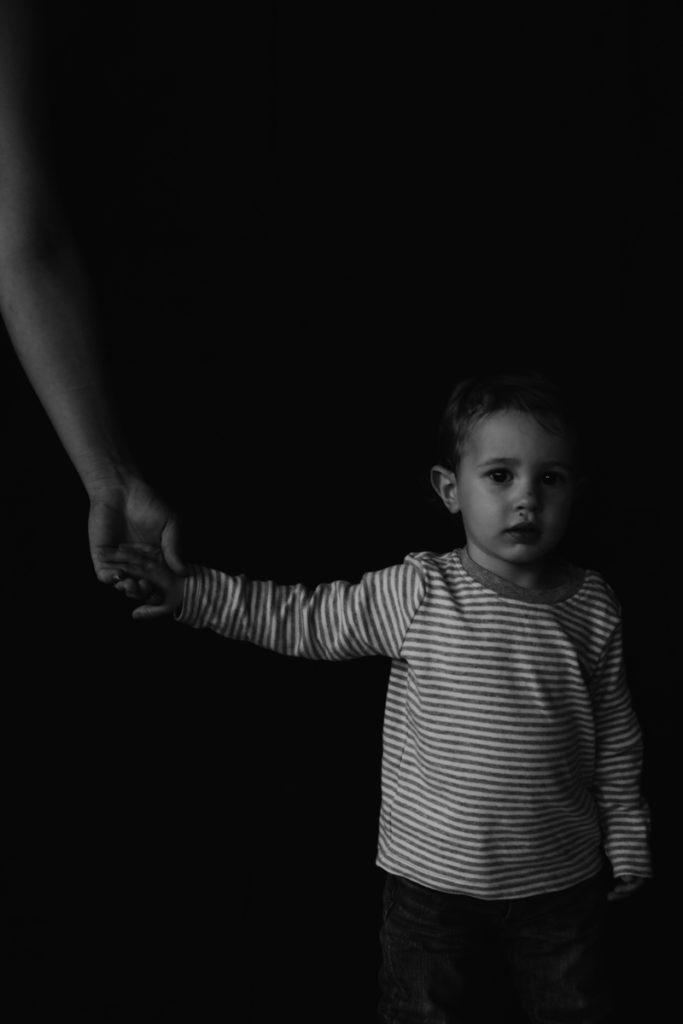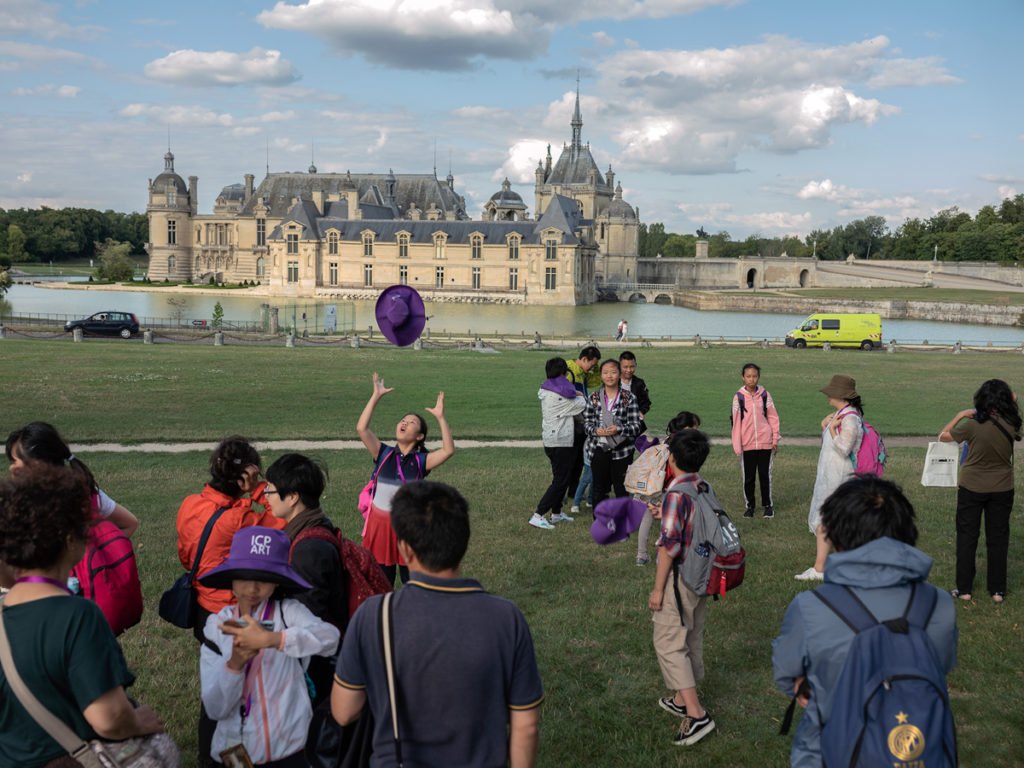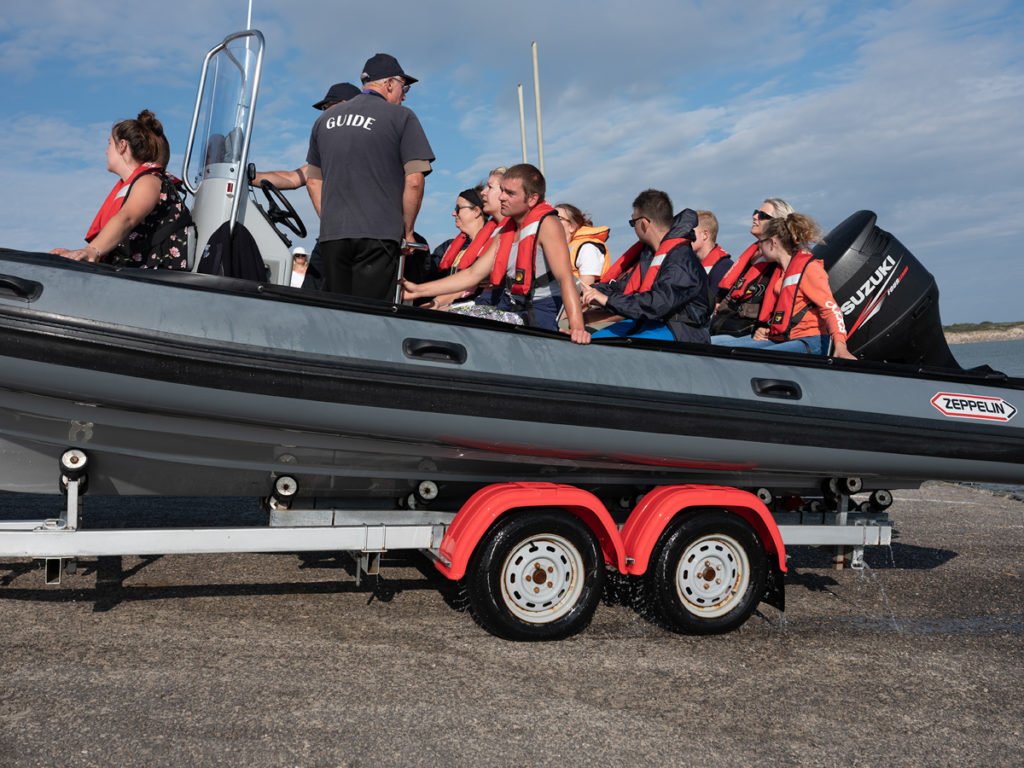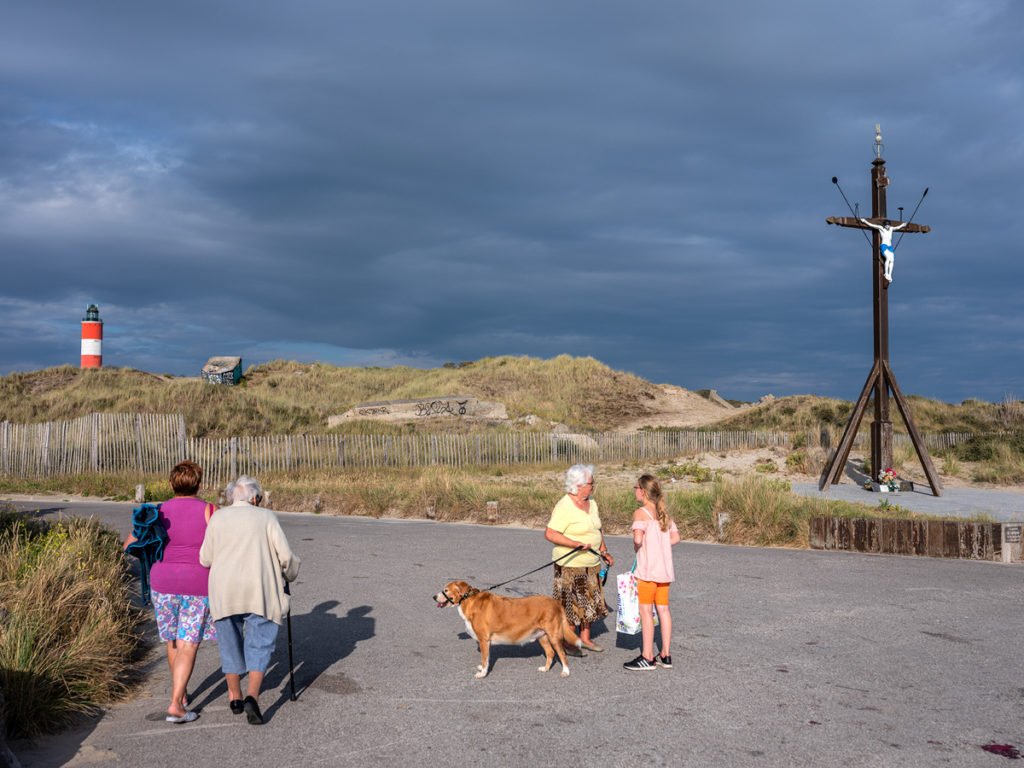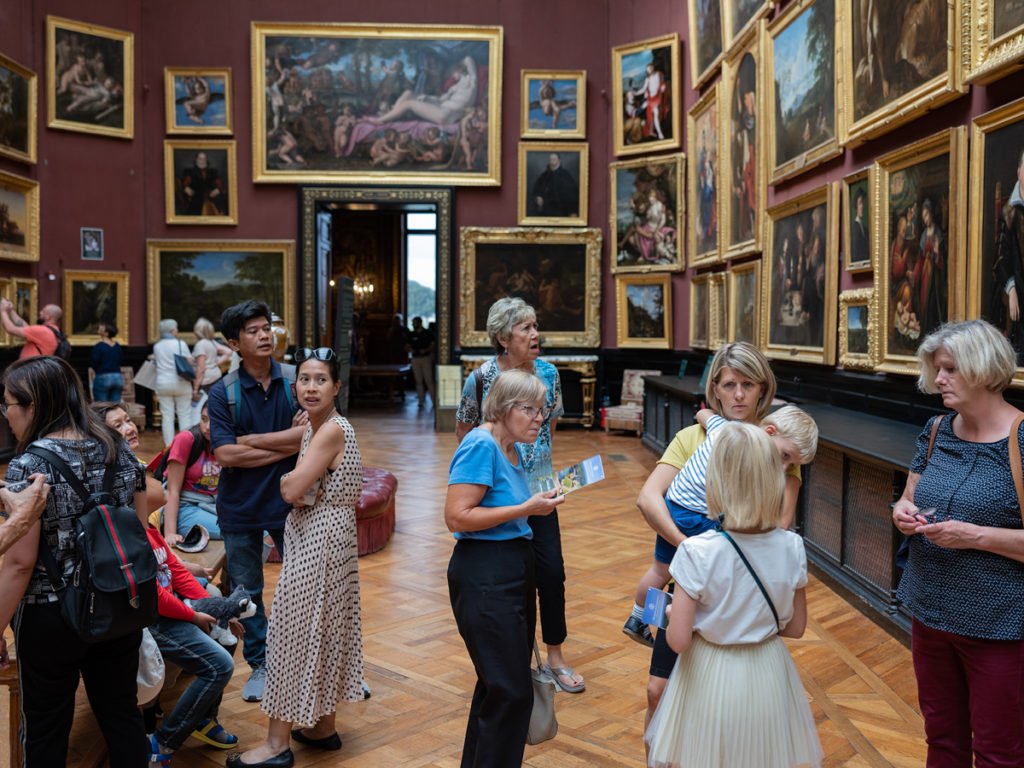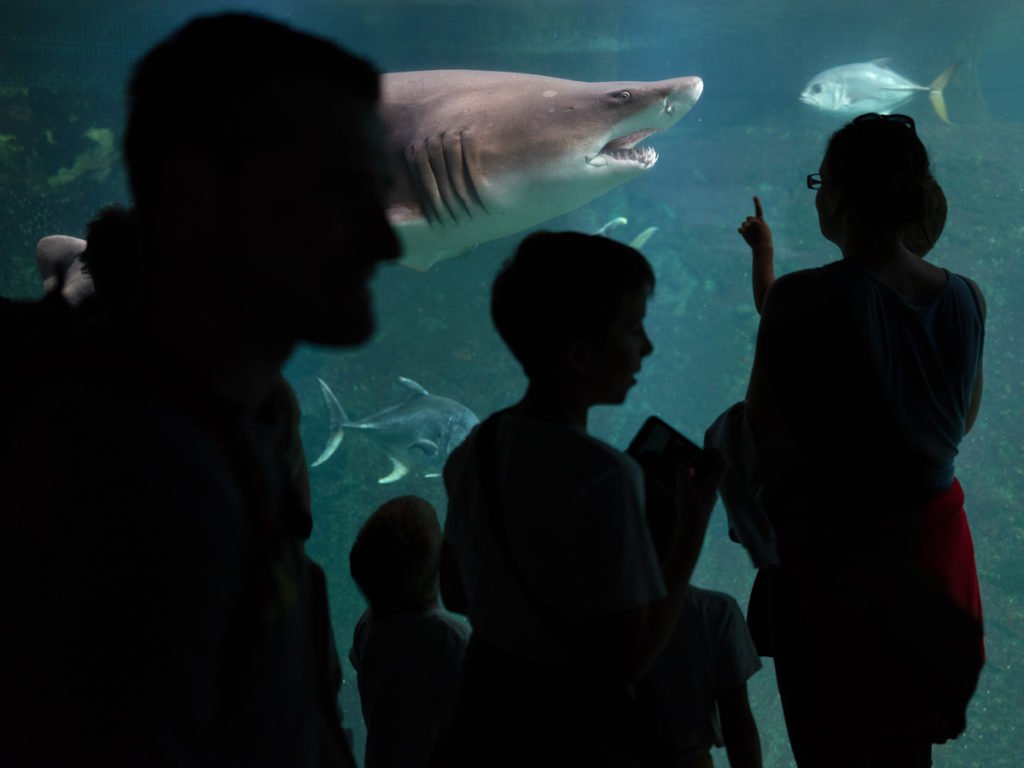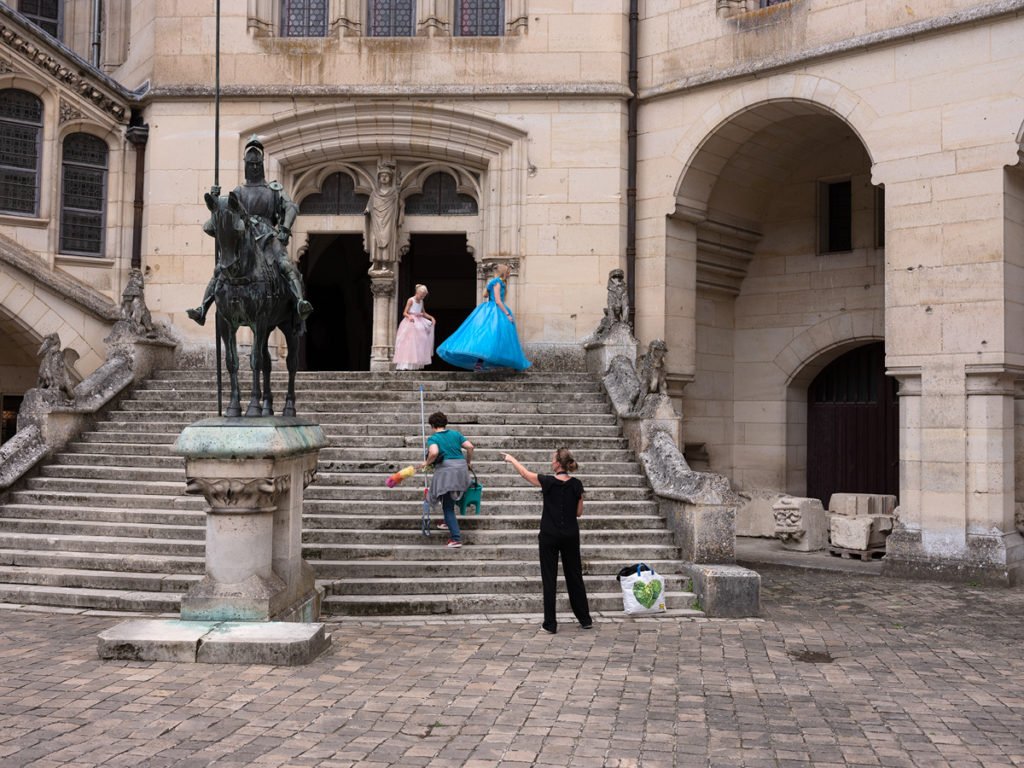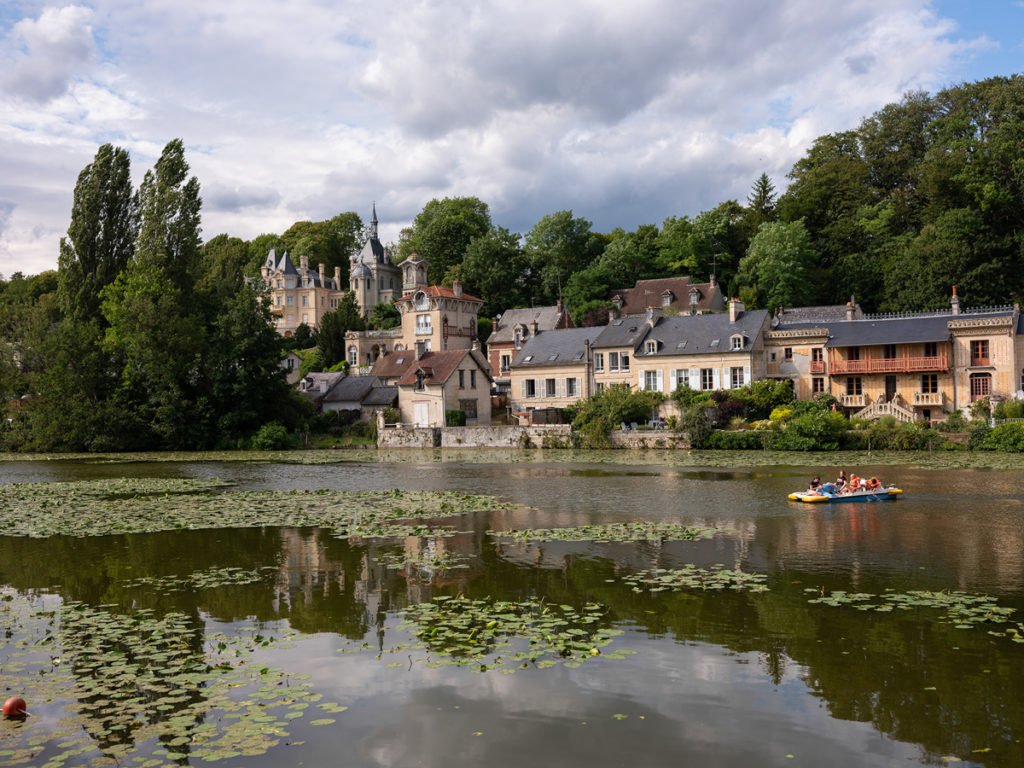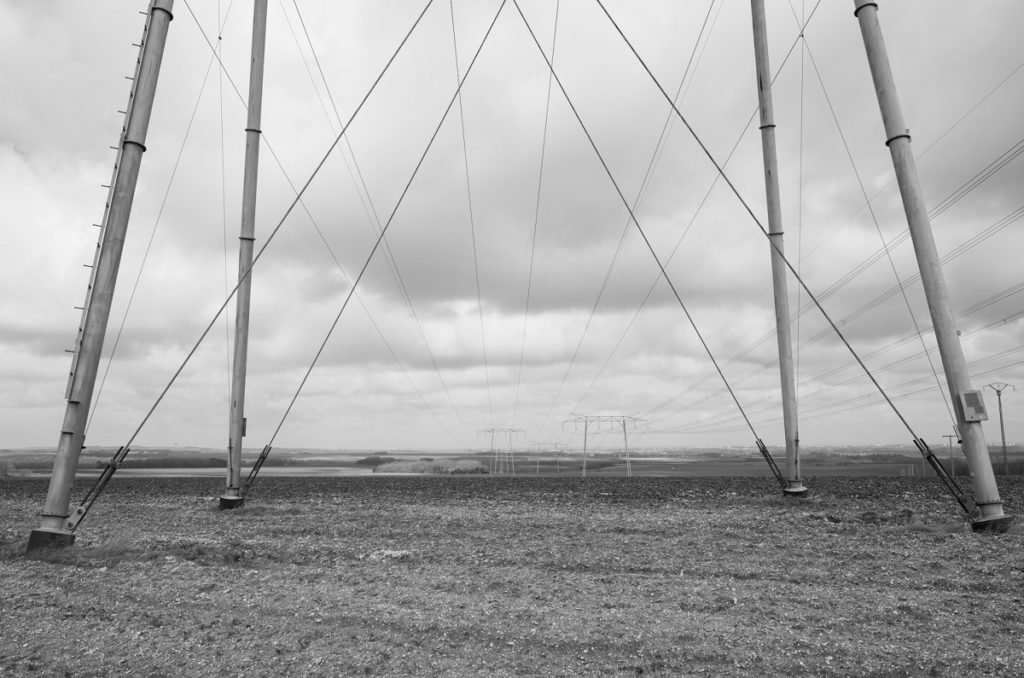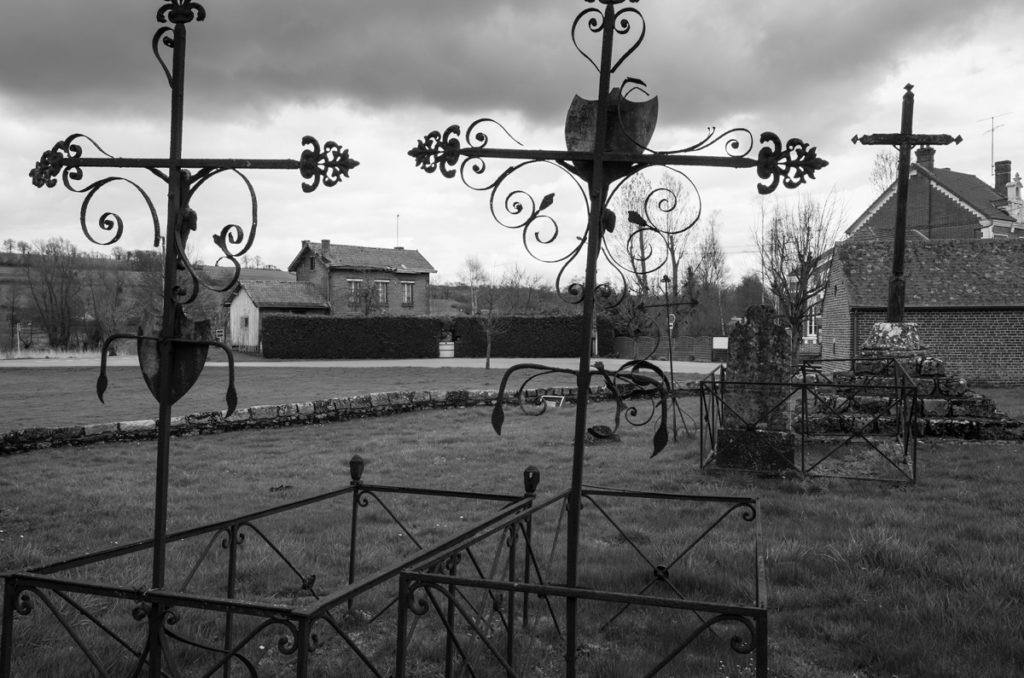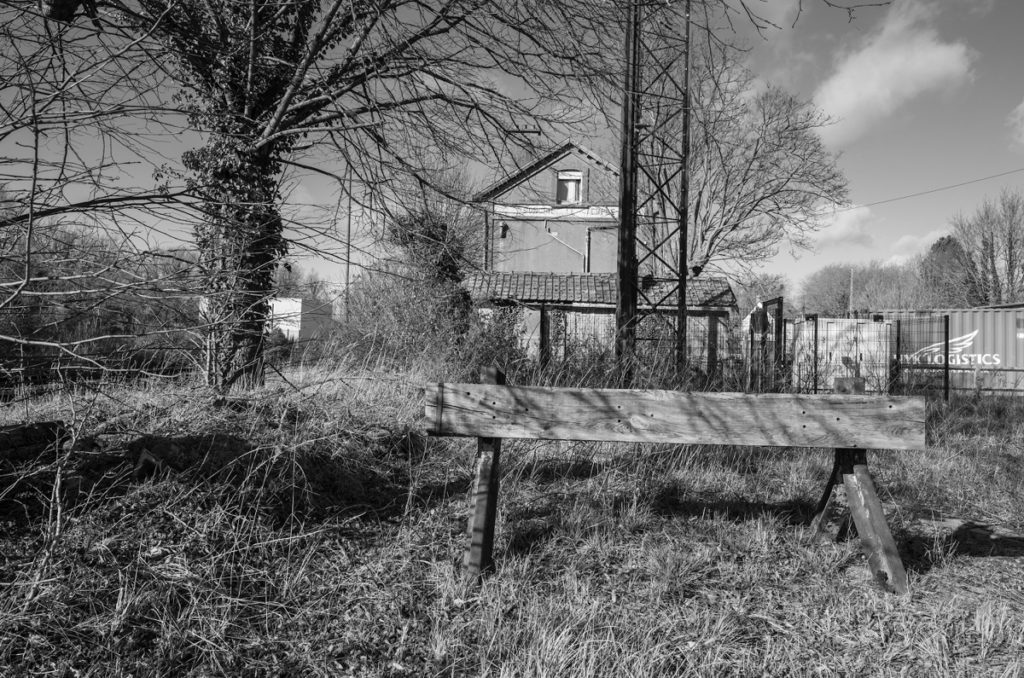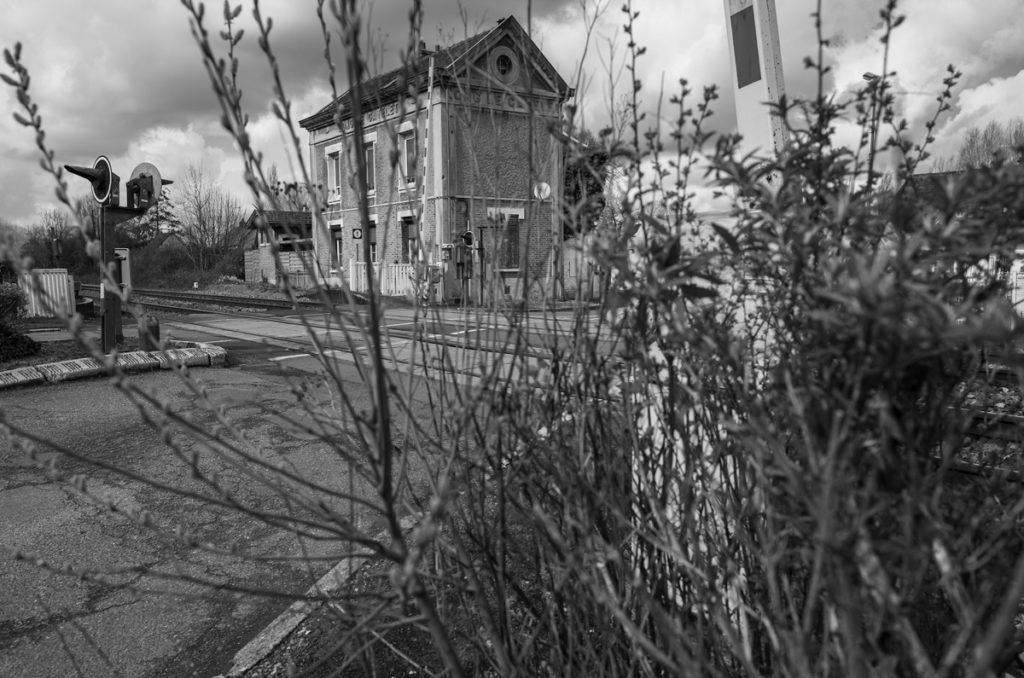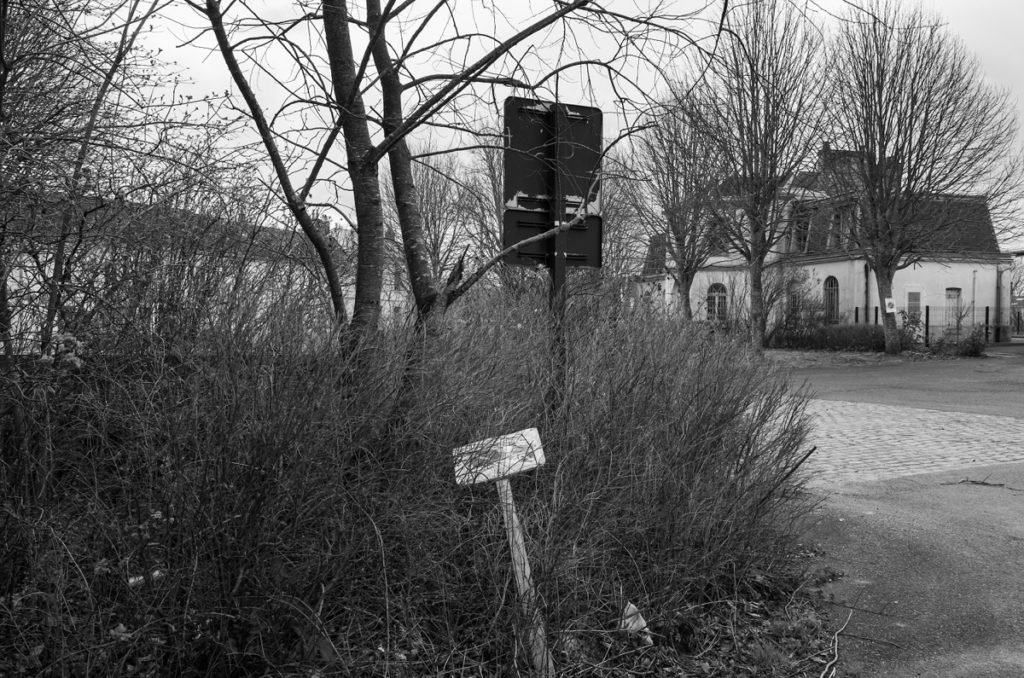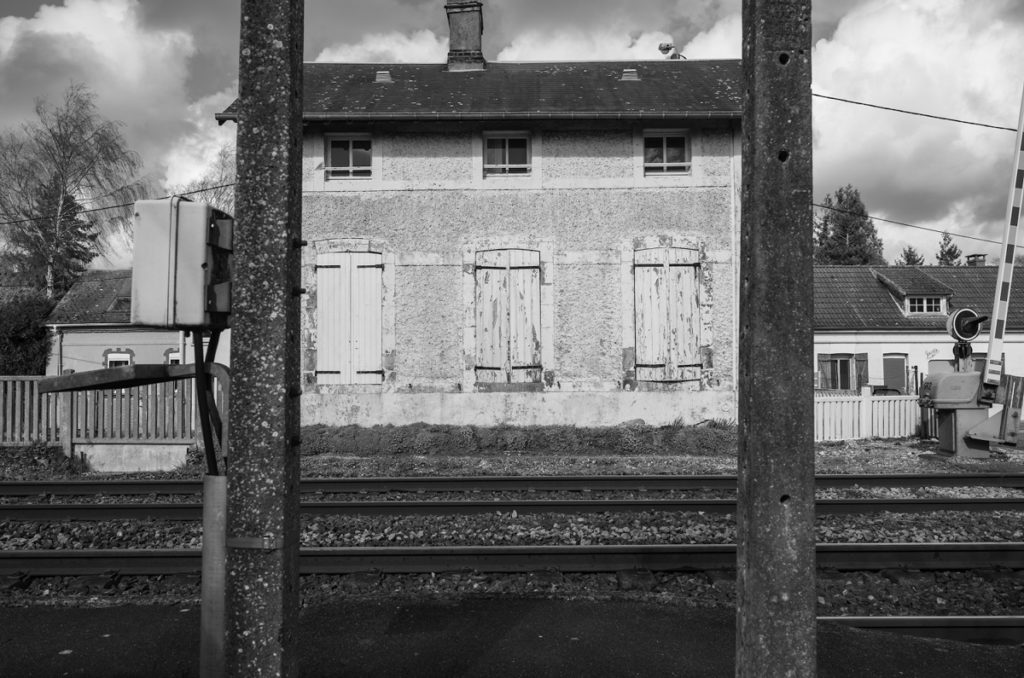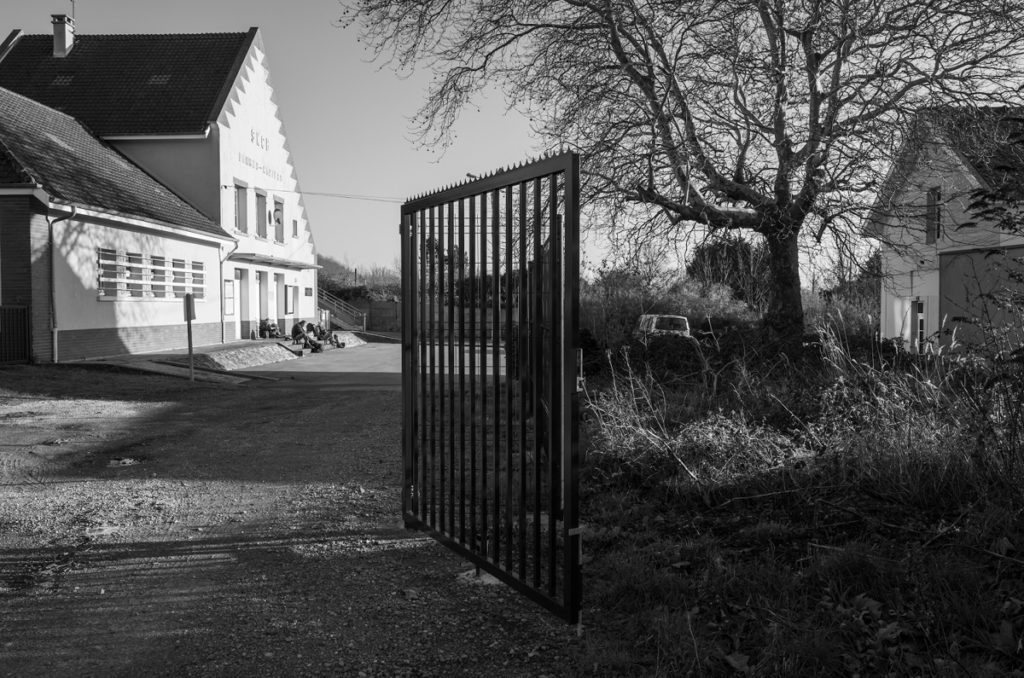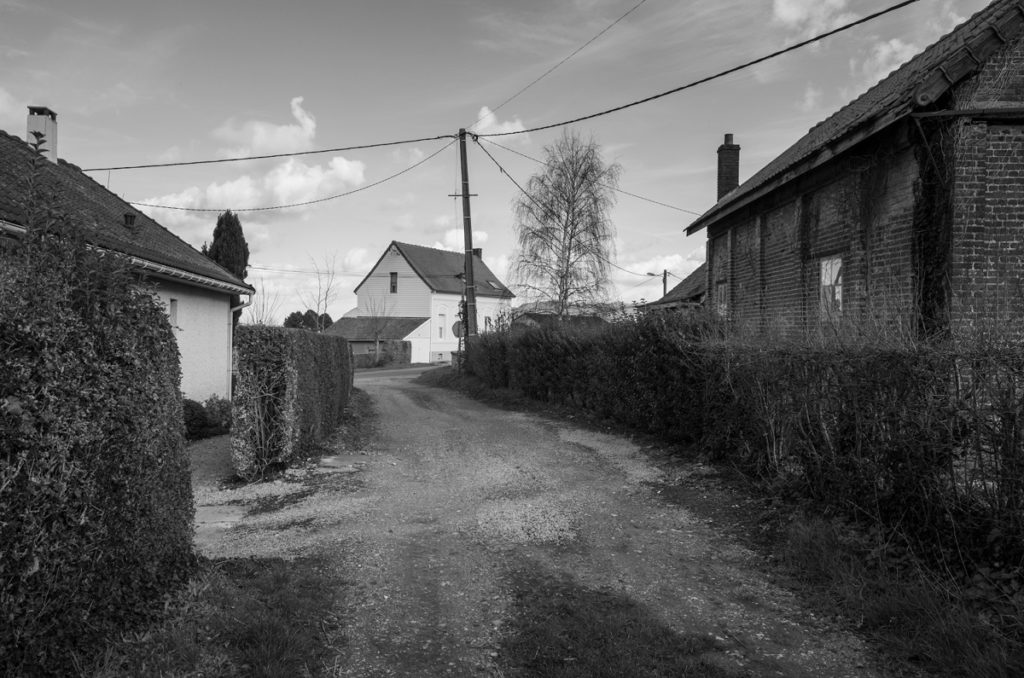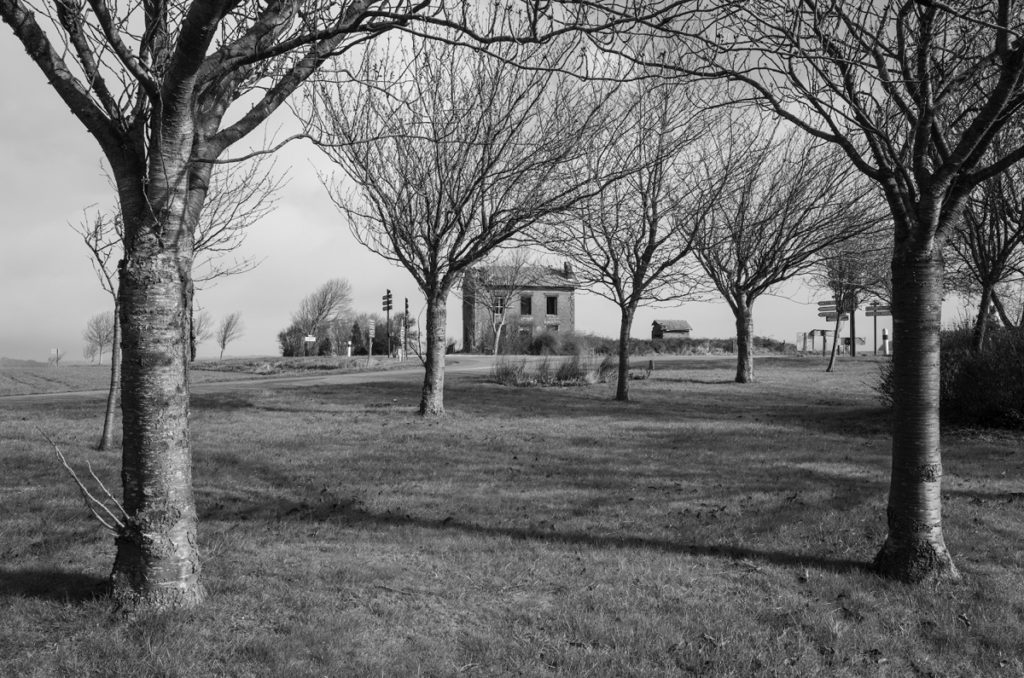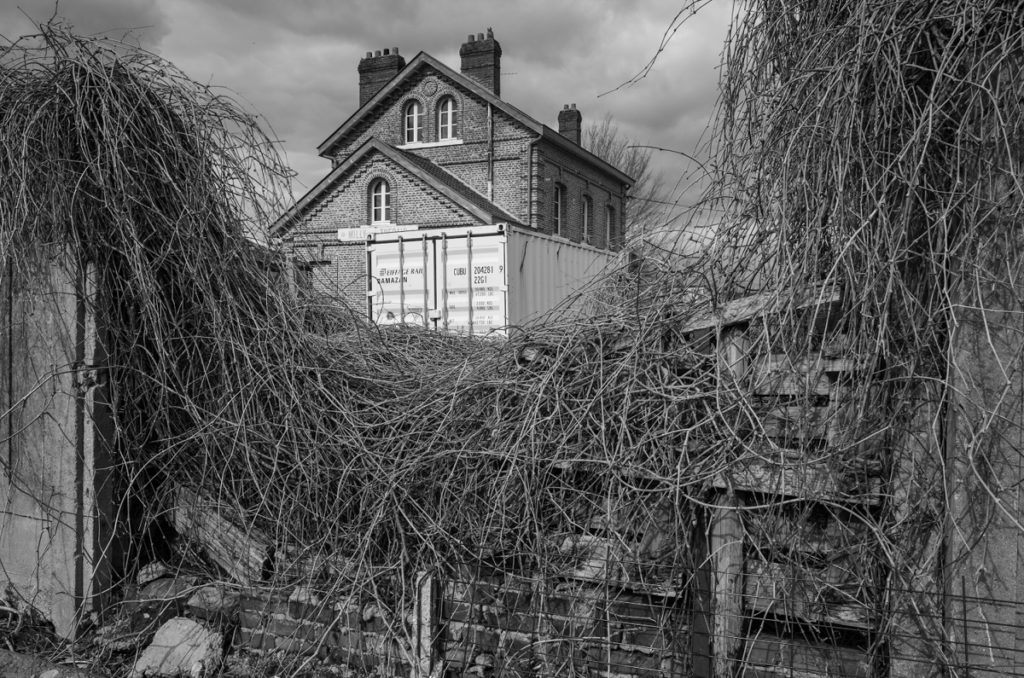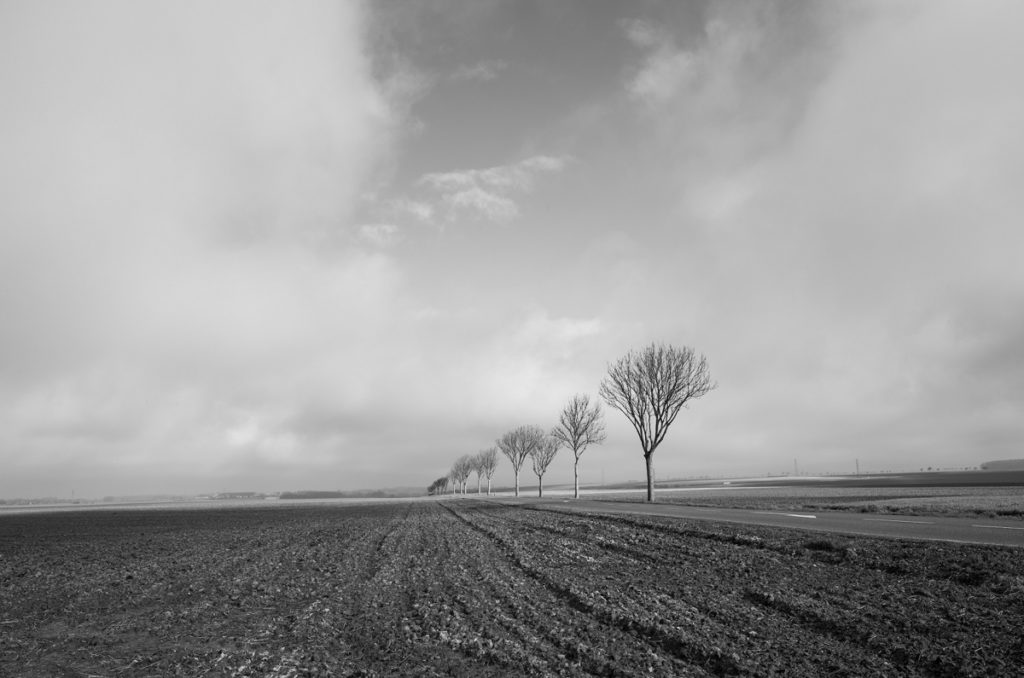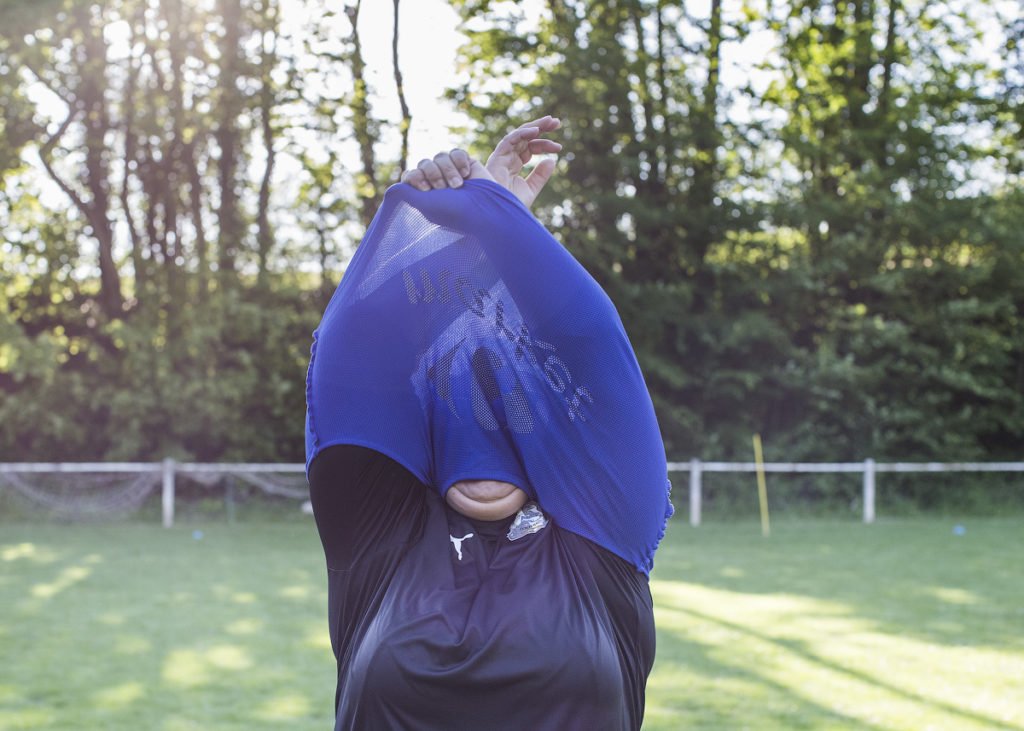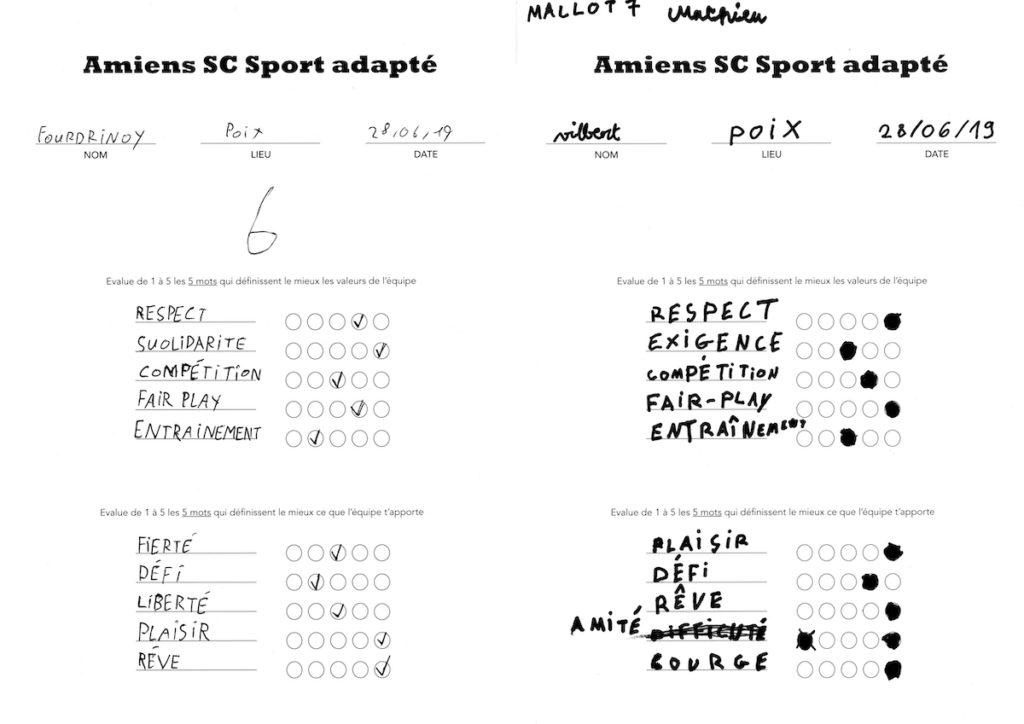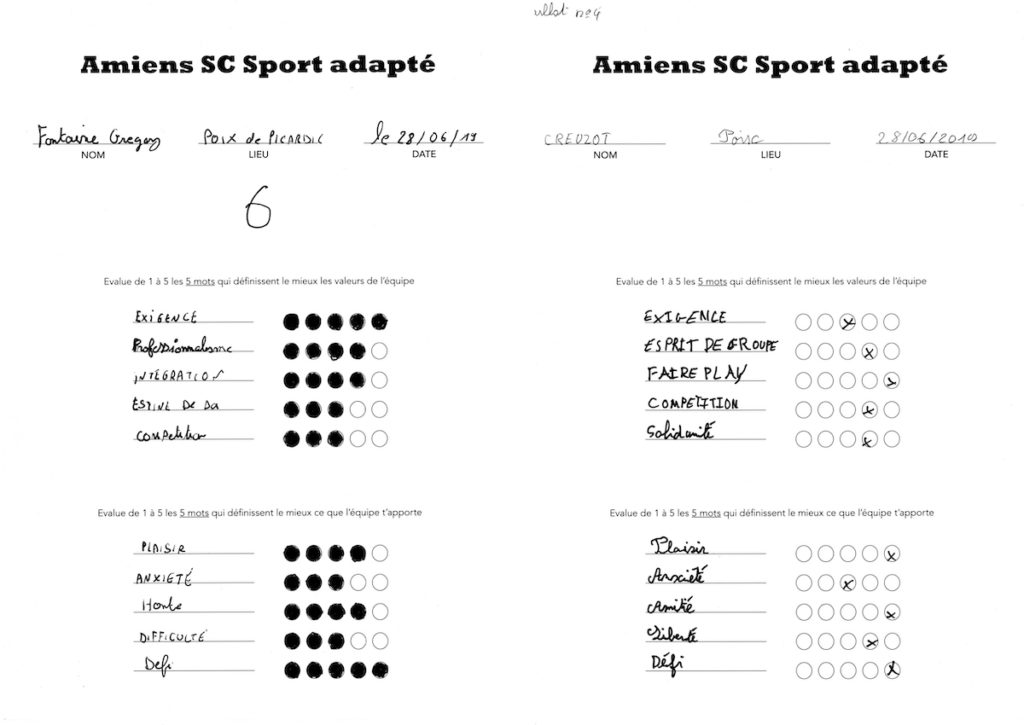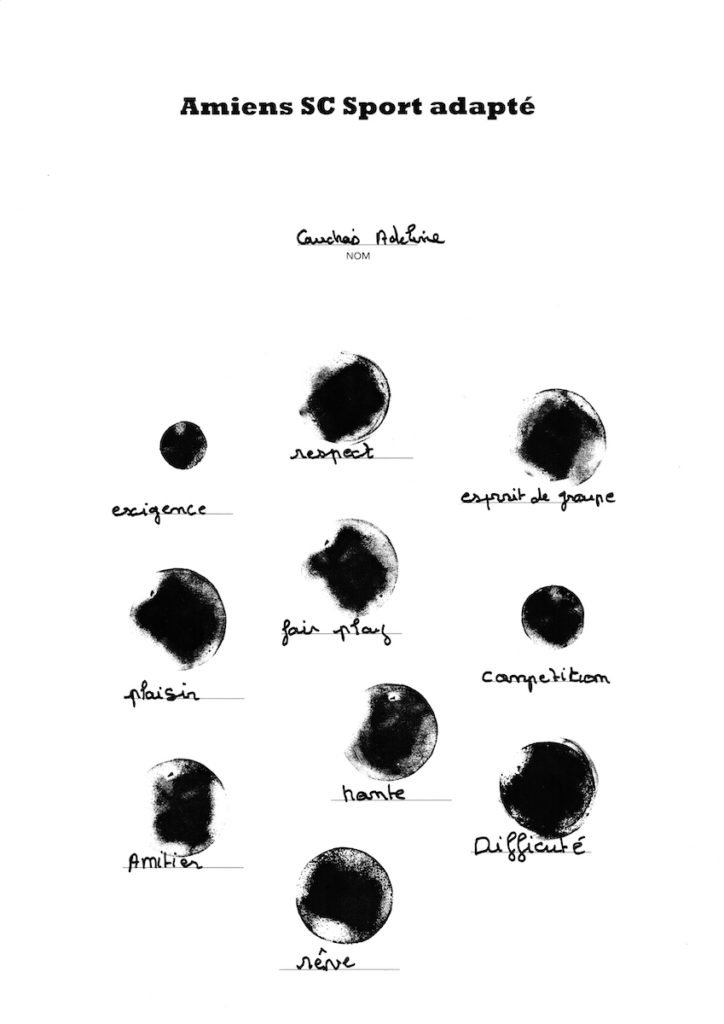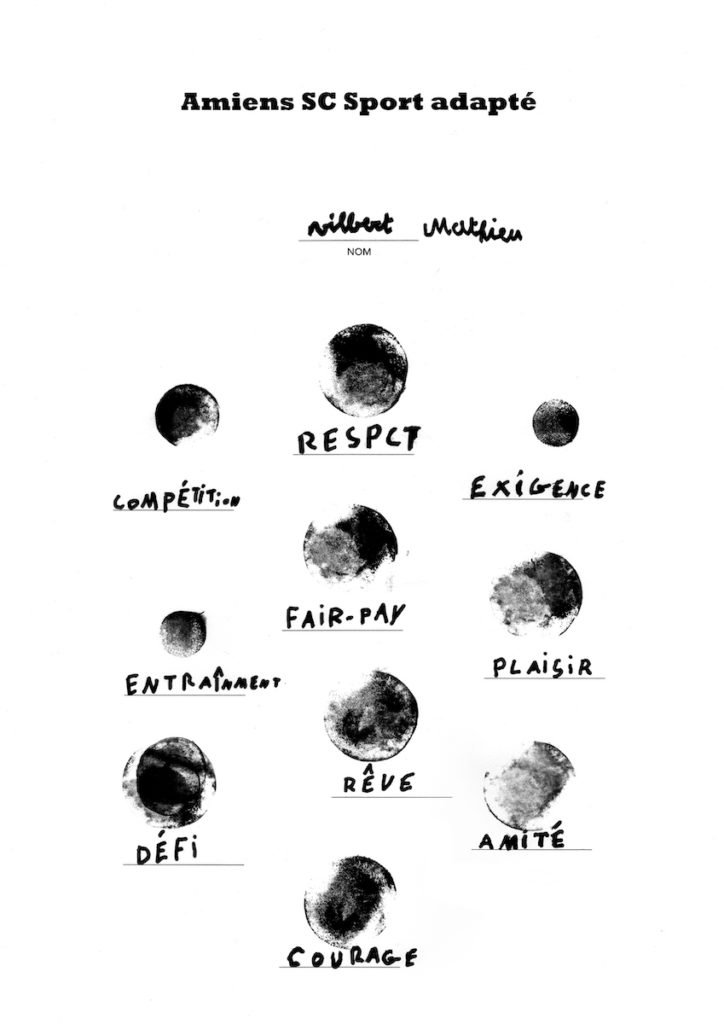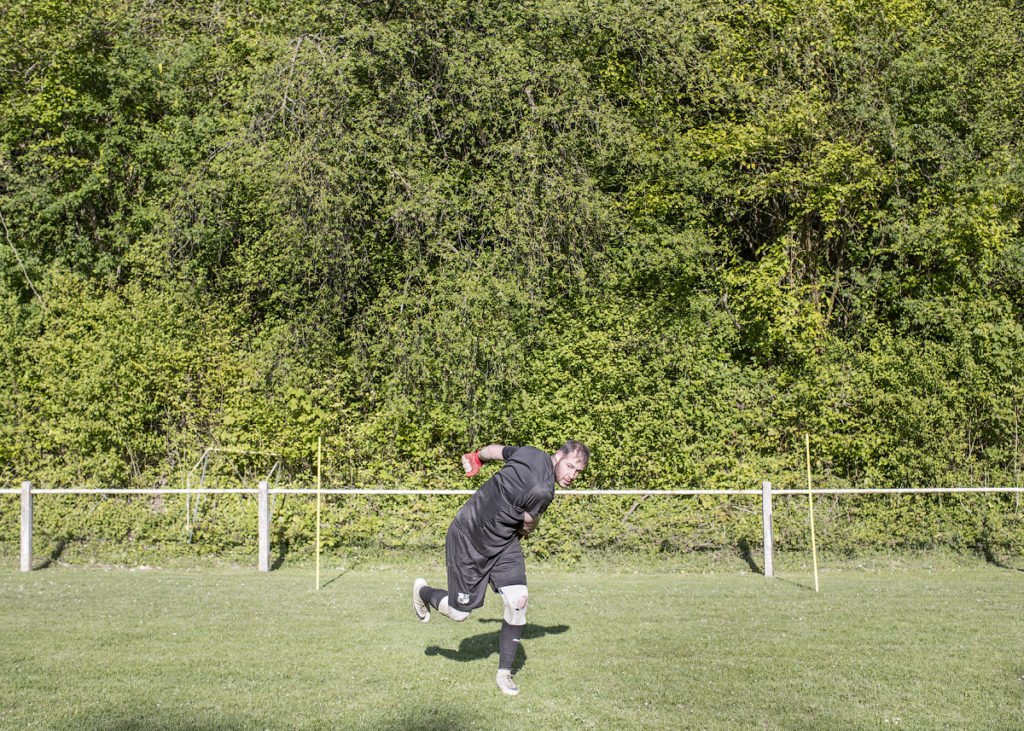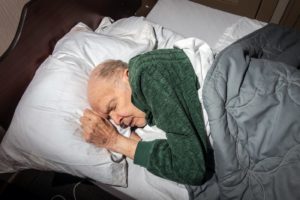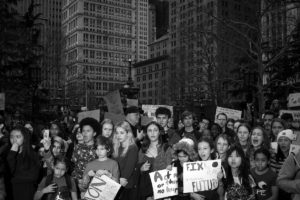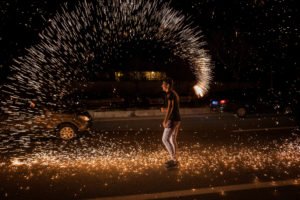- Activities
MAPS is a collective effort proposing new ways and approaches of storytelling to address the world's changing environment and societies.
MORE- Works
- Cultural
- Education
- Collective projects
- Members
MAPS brings together various dedicated professionals who want to start a new adventure and learn from each other in the process.
MORE- Photographers
- Creatives
- Contributors
- Foundation
Storytelling
Photo exhibition
September 10th – November 15th 2020
@ Institut pour la photographie, Lille, France
The Institut pour la photographie has invited MAPS to carry out a project in the French Hauts-de-France region.
Six photographers, Elena Anosova, Matthieu Gafsou, Cédric Gerbehaye, Simona Ghizzoni, Christian Lutz, John Vink and the graphic artist Chiquinquirá García, found themselves faced with regional statistical data, the starting point for their exploration.
Figures ultimately tell us very little about the reality of a region and the experience of its inhabitants. A paradox specifically selected as raw material to define the directions that their projects were going to take.
Far from being scientifically exhaustive, the subjects selected address both their respective sensitivities, as part of a longer term thought process, and current social issues: inclusion, tourism, rural life, immigration, agriculture, parenthood etc.
Over and above the data, it was meetings with the inhabitants – intimately related to the selected topics – which fed different routes. The people who willingly took part were photographed, but they also took photographs. So they drew, wrote and recounted as well. Thanks to this participatory approach, the exhibition and publication presented here bear their mark.
From individual experience to collective creation, the projects thus manage to sketch the contours of a more complex and sensitive human, social and environmental reality, which transcends specific details to consider what is universal to us all.
Alive
BY MATTHIEU GAFSOU
The separation between nature and culture is one of the pillars that defines our modern society. Paradoxically, this separation has symbolically permitted the destruction of our natural environment, which is now defined as the Other.
In the face of the ecological crisis, new forms of social practices emerge, particularly in agriculture. They fight against the devastating effects of intensive farming (soil depletion, biodiversity loss and extinction, pollution etc.) and advocate redefining the current economic system.
+15%
new organic fams
38.469
ha organic or in conversion
5.600
direct jobs
“These photographs are a personal testimony of a relationship with living things with a gentle touch.”
I was able to meet producers and micro-communities who have set up other forms of social organisation and other ways of thinking about the relationship with their environment, which question our traditional patterns. Rather than forcing nature (by ploughing, chemical pesticides etc.), these people accept that they cannot control it or dominate it.
These photographs are a personal testimony of a relationship with living things with a gentle touch. With this approach, I am seeking to displace the epistemological crisis playing out today (rethinking the place of humans among living things) with regard to sensitive land use.
Odysseys & horizons
BY CÉDRIC GERBEHAYE
They could be these shadows, with slumped shoulders, resigned to misery and indifference, who squat in the margins, under bridges and in the parks of our cities in utter destitution.
They could be these shadows, crushed, reduced to numbers, scorned by our leaders, our administrations, our police, who treat them as if they were the threat, contrary to the Geneva Convention of 1951, a promise of international solidarity in the aftermath of the Second World War.
4.893
validation of long-stay visas for students
4.602
asylum seekers accomodated in the national reception system
25,4
average age of asylum seekers receiving the allowance
“They threw away their childhood and walked until they were worn out, in the hope of a better life.”
Because they have the same mark of shame on their forehead: “migrant”, to which we must now add: they are unaccompanied minors. From distant lands, Afghanistan, sub-Saharan Africa or the East, they threw away their childhood and walked until they were worn out in the hope of a better life.
They have experienced the survivor’s odyssey of the Sahara, the hell of Libya, ships sinking in the Mediterranean Sea, violence, hunger… Today, they have a new life at the Maurice Duhamel Vocational College. Their education in construction skills offers them brand new horizons.
My mother is a river
BY SIMONA GHIZZONI
”My mother is a river. Her dark and thin hair was a river… My mother was a river of words.” — Donatella Di Pietrantonio
From the outside, the Accueil Mères Enfants in Hellemmes looks like a normal condominium, with a small backyard, a large common room and a nursery. But it is a special condominium. The tenants are just mothers and couples with toddlers. In fact, the center offers shelter to pregnant women and couples with children up to 3 years old who are in a situation of temporary difficulty and need help to cope with the new parenthood.
16
facilities and services
3.400
people in situation of fragility accompanied each year
3rd
most populated region in France
“I discovered a new state of great strength, but at the same time burdened with a fragility that was unknown to me.”
Each apartment has its own story. Each apartment is a treasure chest, full of love for their children, tiredness, fears and all the difficulties that parenthood entails.
In 2018 I became a mother. I discovered a new state of great strength, but at the same time burdened with a fragility that was unknown to me.
Together with the women I met in Lille, I tried to build a dialogue about being a mother, outside of stereotypes, a dialogue that would restore the beauty and resilience of these mothers (and fathers) who fight to become parents.Ch
Summer Holidays
BY CHRISTIAN LUTZ
Christian Lutz’s photographs were taken in tourist spots in the Hauts de France such as Chantilly, Berck, au Touquet, Boulogne- sur-Mer and Pierrefonds in August 2019.
30%
of foreign customers in Haut-de-France
3.820.000
foreign overnight stays
772.800
hotel arrivals from the United Kingdom
The Battle of the Railways
BY JOHN VINK
In Hauts-de-France as in Europe as a whole, the railways, intimately linked to the industrial era and the capitalism of the early 19th century, conveyed coal and the resulting social inequalities and struggles. In the second half of the 20th century, industry and the labour market diversified. The significant investment required to maintain an extensive rail network was no longer justified. The democratisation of the car in the 1960s drained all public investments: roads were tarmacked, countless roundabouts were built and railway stations were abandoned.
31.813 km2
area
2.627 km
of railroads
138
stations
“A money-making rail network is not going to become a railway serving individuals any time soon.”
Then came the 21st century: growth becomes sluggish, the car compounds global warming, petrol prices continue to rise. Driving a car is criticised for ecological reasons, while the yellow vests take over the roundabouts, strategic locations, essential for mobility. Social inequalities related to mobility resurface. Living in small villages becomes difficult. People leave them. Small towns are dying.
Today, the railways struggle to perform efficiently and meet current challenges: a modified and environmentally friendly transport map. A money-making rail network is not going to become a railway serving individuals any time soon. As illustrated by the abandoned stations in the Somme, Pas-de-Calais and the Oise.
Team
BY ELENA ANOSOVA
Where I come from, there’s no such thing as inclusion.
“I’ve learned that you shouldn’t go through life with a catcher’s mitt on both hands; you need to be able to throw something back”.
This quote from Maya Angelou resonated with me at the end of my meeting with Amiens SC partially sighted football team. For these men and women, sport is first and foremost a demonstration of solidarity and an affirmation of their identity, as a player, an individual and above all as a member of a professional team, which is their pride and joy.
225.688
football licensees in the region
5.136
adaptative sport licence
7
adaptative footbal teams
“Above and beyond their commitment, their whole life is impacted by belonging to this club and this goodwill.”
These players are friends, neighbours and colleagues at ESAT in Poix-de-Picardie, a vocational rehabilitation centre. Motivated over the years by the pleasure of playing together, since 2016 they have been a mixed professional team, supported by educational and sports bodies. Football plays an important role in their daily lives, and extends to their workspaces, which are decorated with countless trophies. Today Amiens SC official partially sighted football team wears its colours proudly. Above and beyond their commitment, their whole life is impacted by belonging to this club and this goodwill. A true challenge that they take up collectively.
The workshops organised after our meeting enabled the players to take photographs of their environment and share their feelings. Arranged together, like a logbook, their photos are displayed as an extension of this collective narrative that sheds light on the values that they respect on the field.
Every gesture, however small and gentle, counts and works toward a common goal: to reveal them- selves together as human beings.
The exhibition
VIDEO FILMED AND DIRECTED BY LOÏC DELVAULX
More Series by Maps Members
Coping | Chapter 1 — Roots
Maps Members
In different parts of the world, MAPS photographers and creatives all spent weeks on lockdown, one of the measures taken…
MoreYouth for Climate: New York, Brussels and Lausanne
Maps Members
All over the world, young people take to the streets to demand action on climate change. John Vink has been…
MoreThis was 2019
Maps Members
2019 has been a time of exploration and discoveries. Of reflection and coming together. Of defining and redefining what MAPS…
More